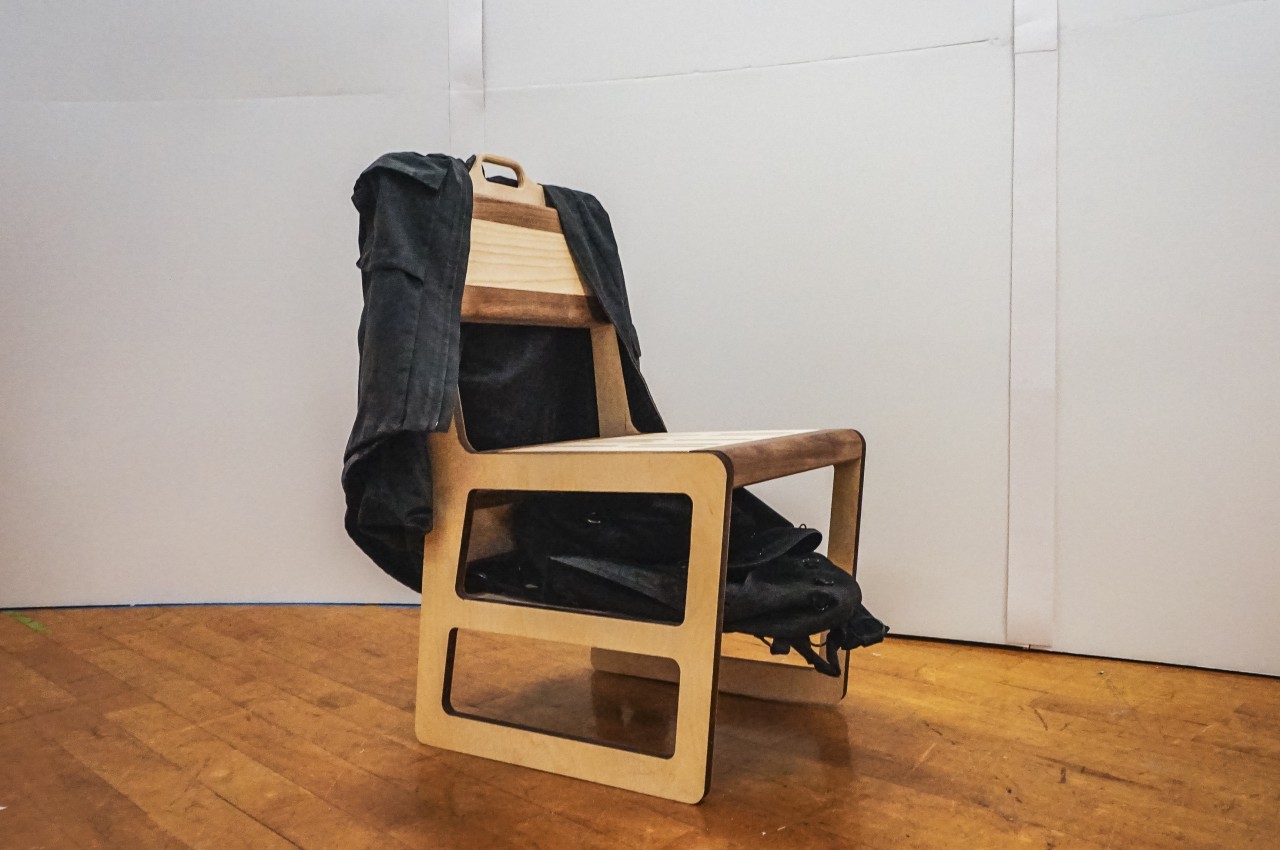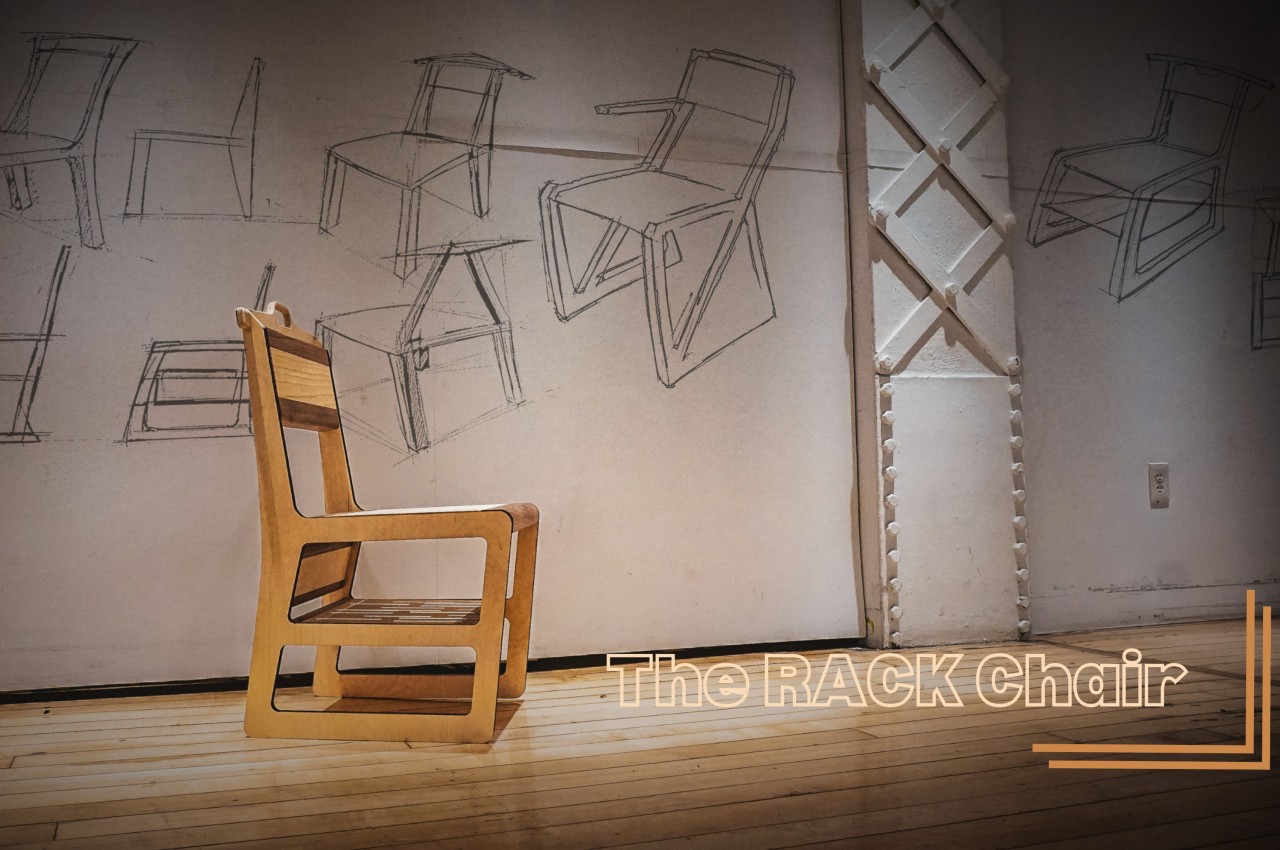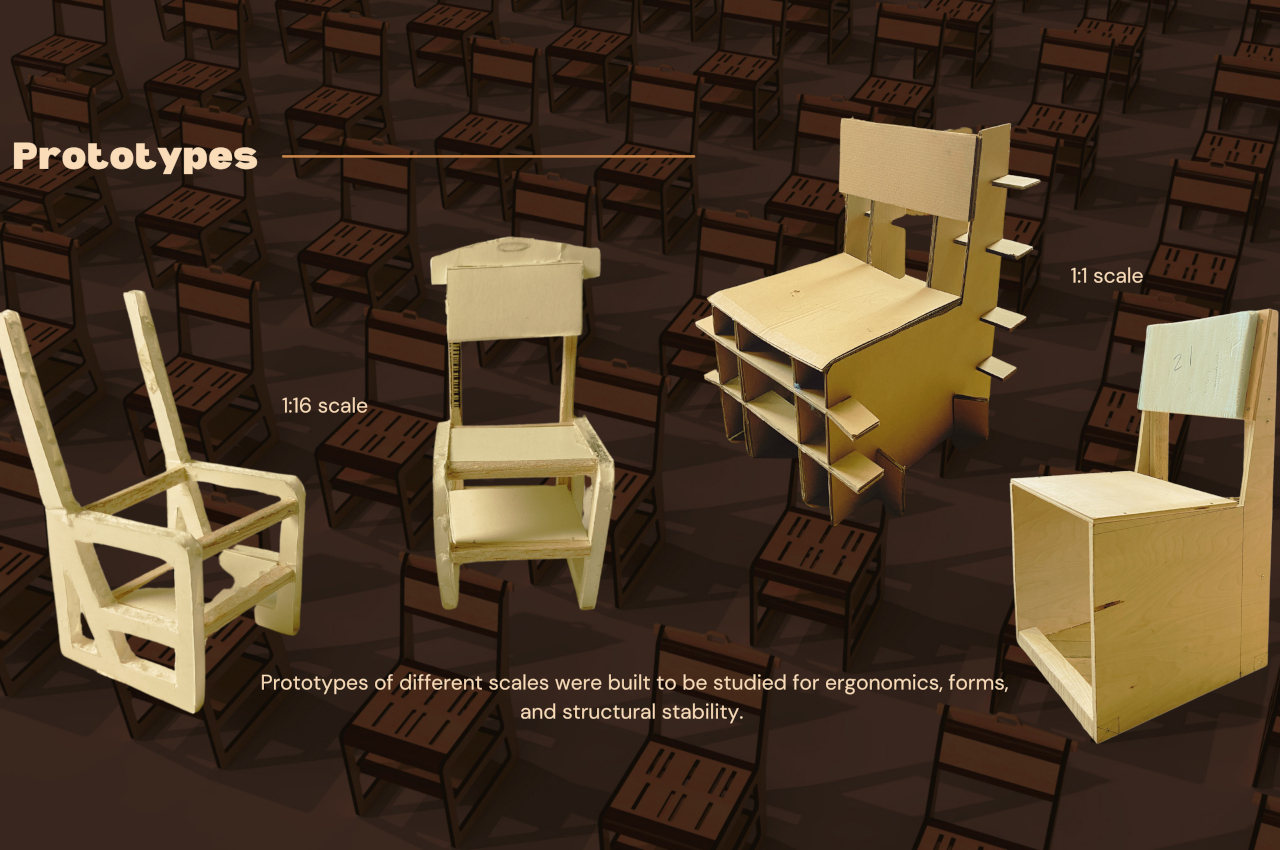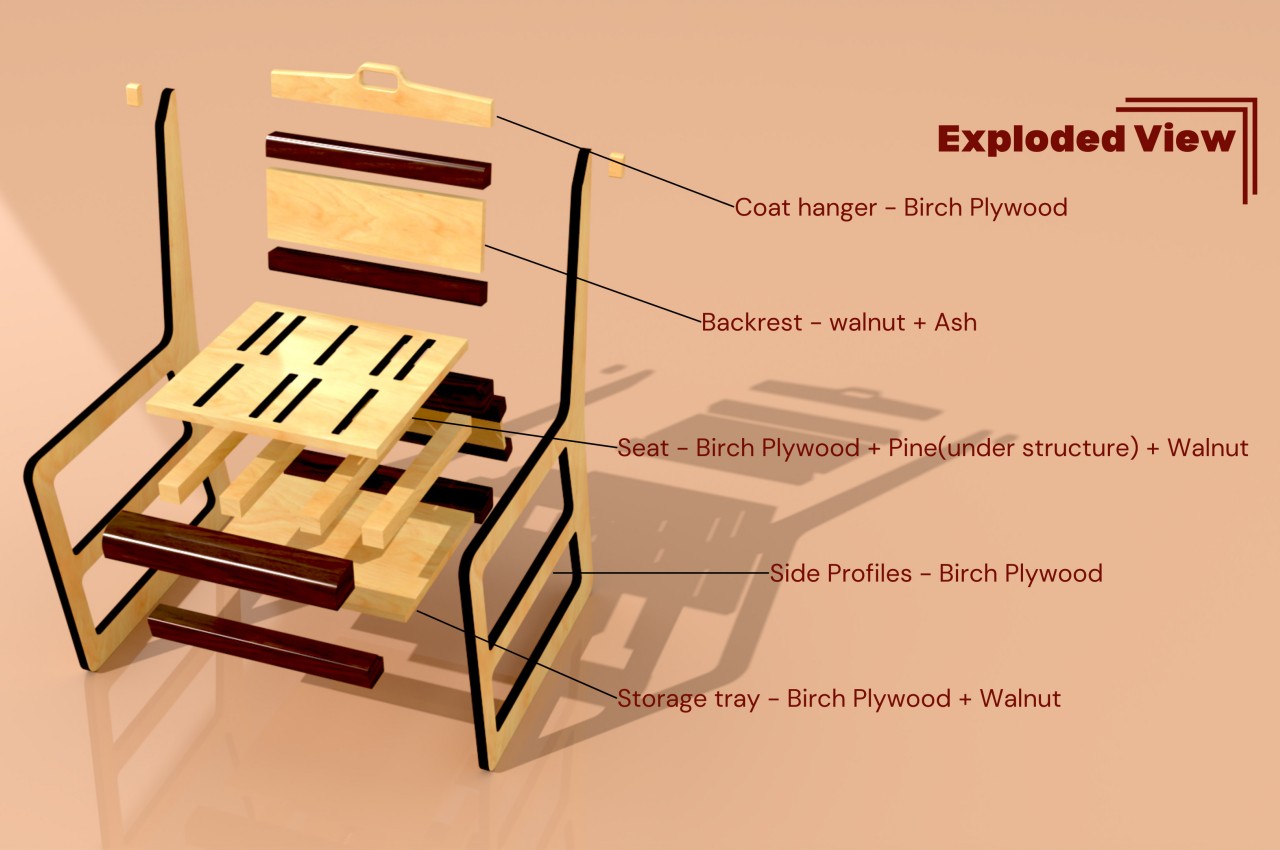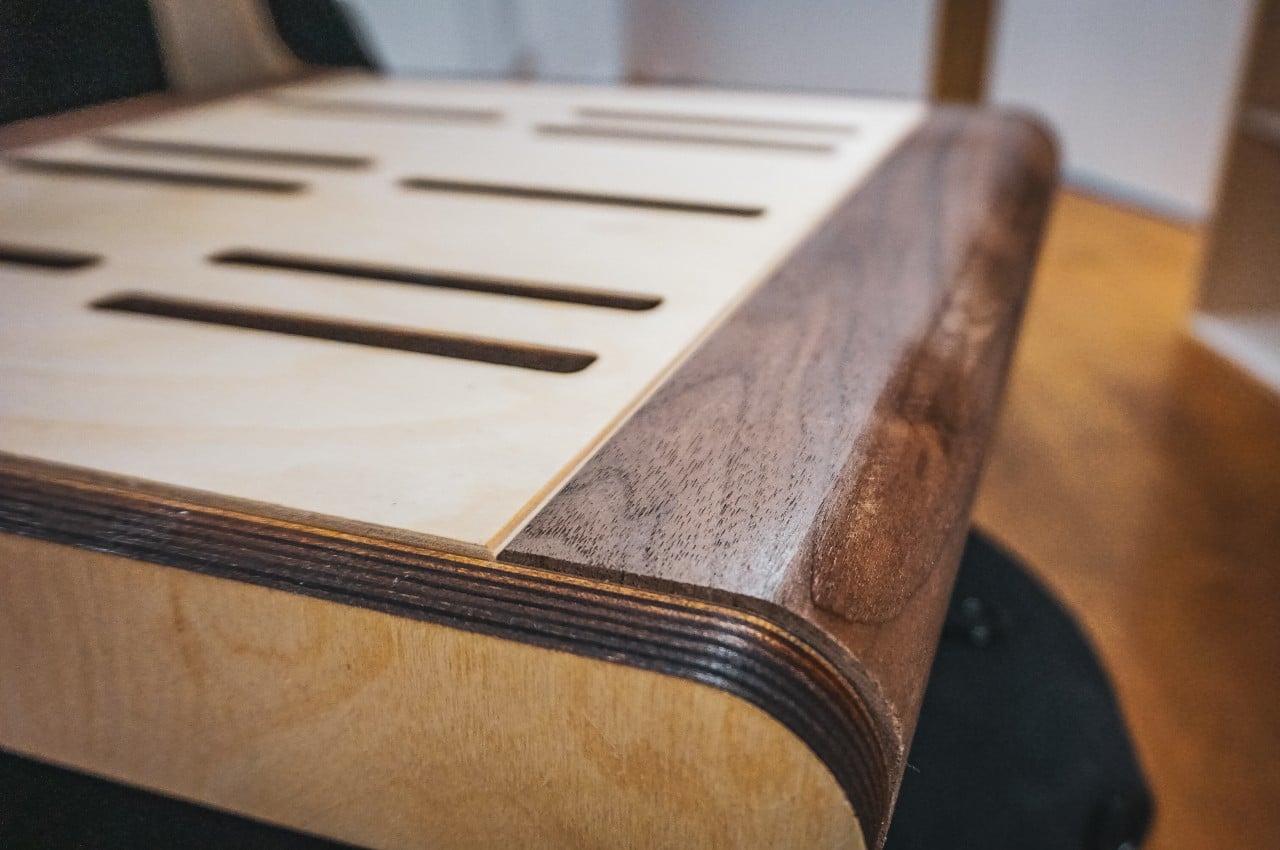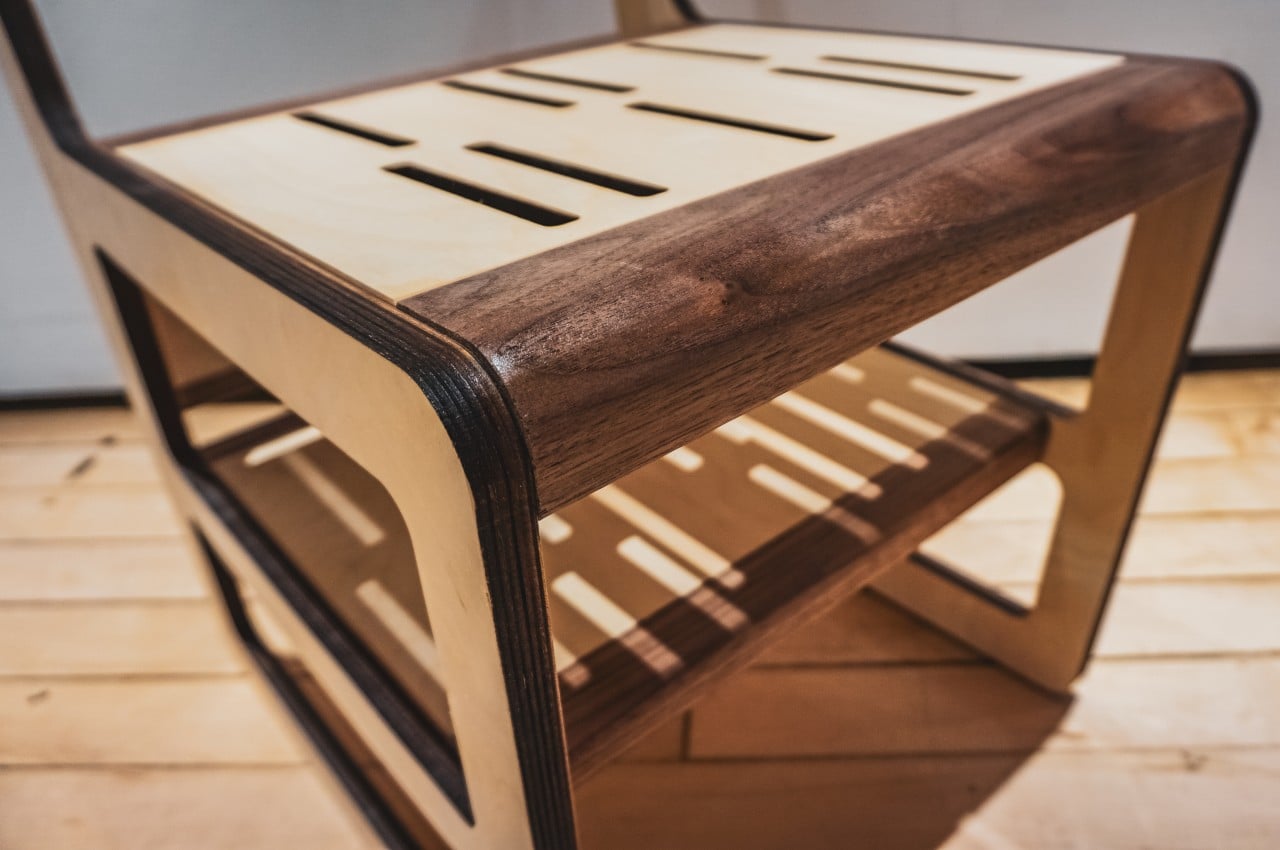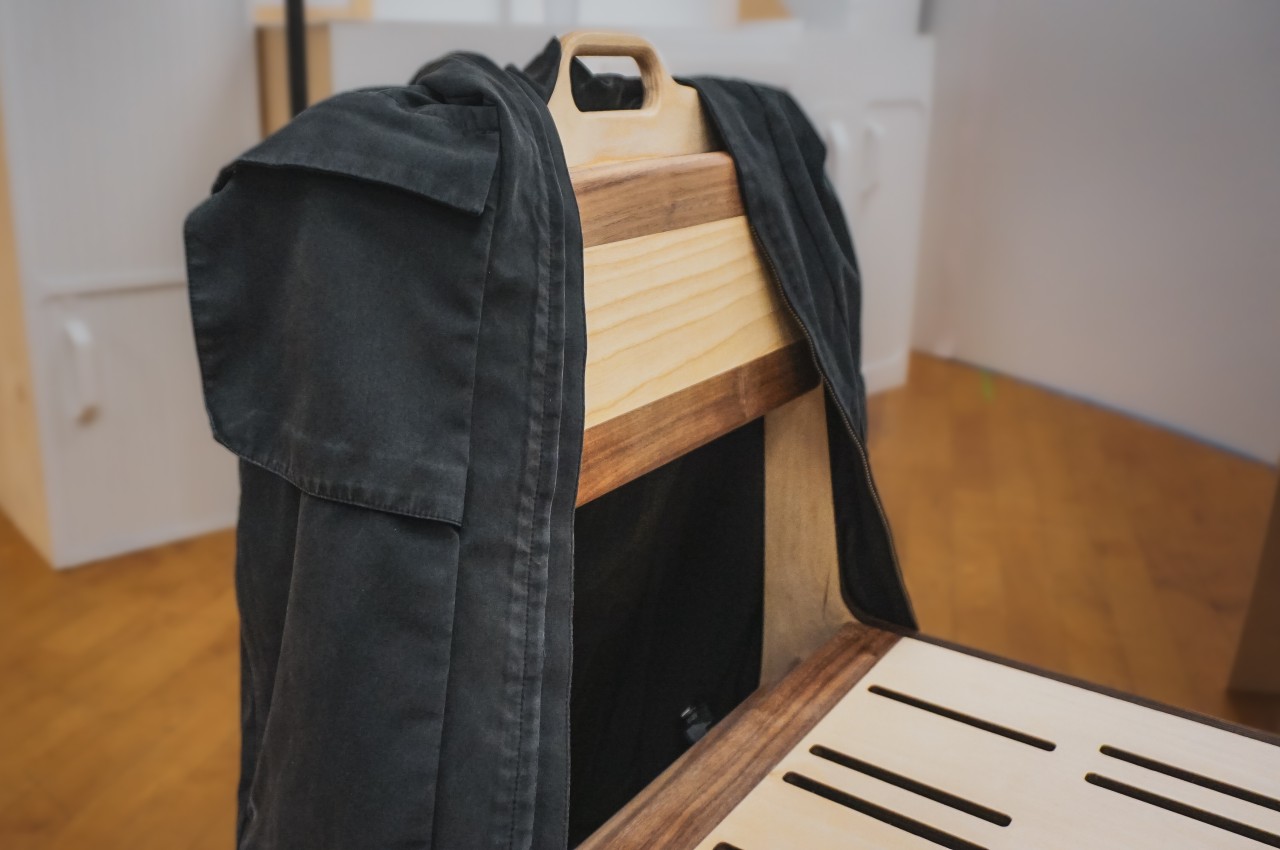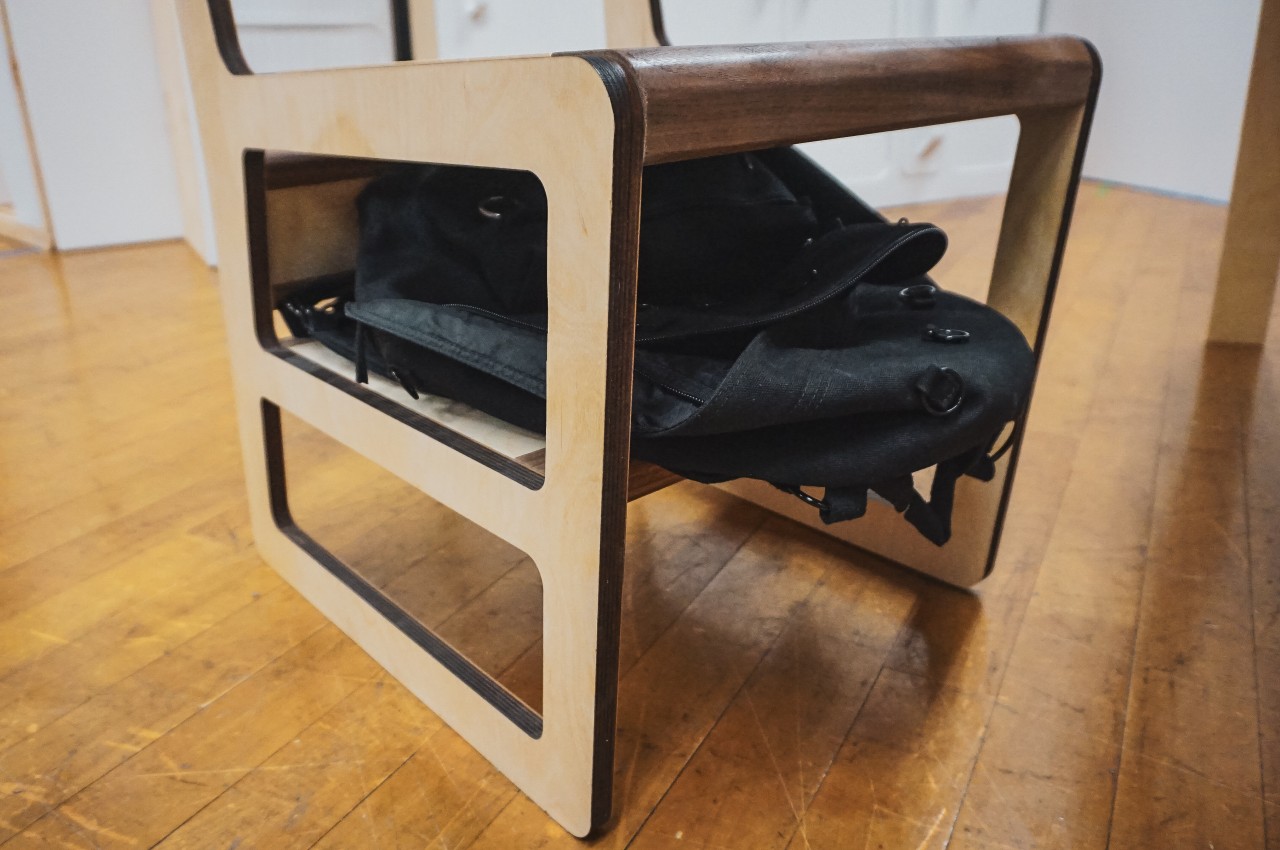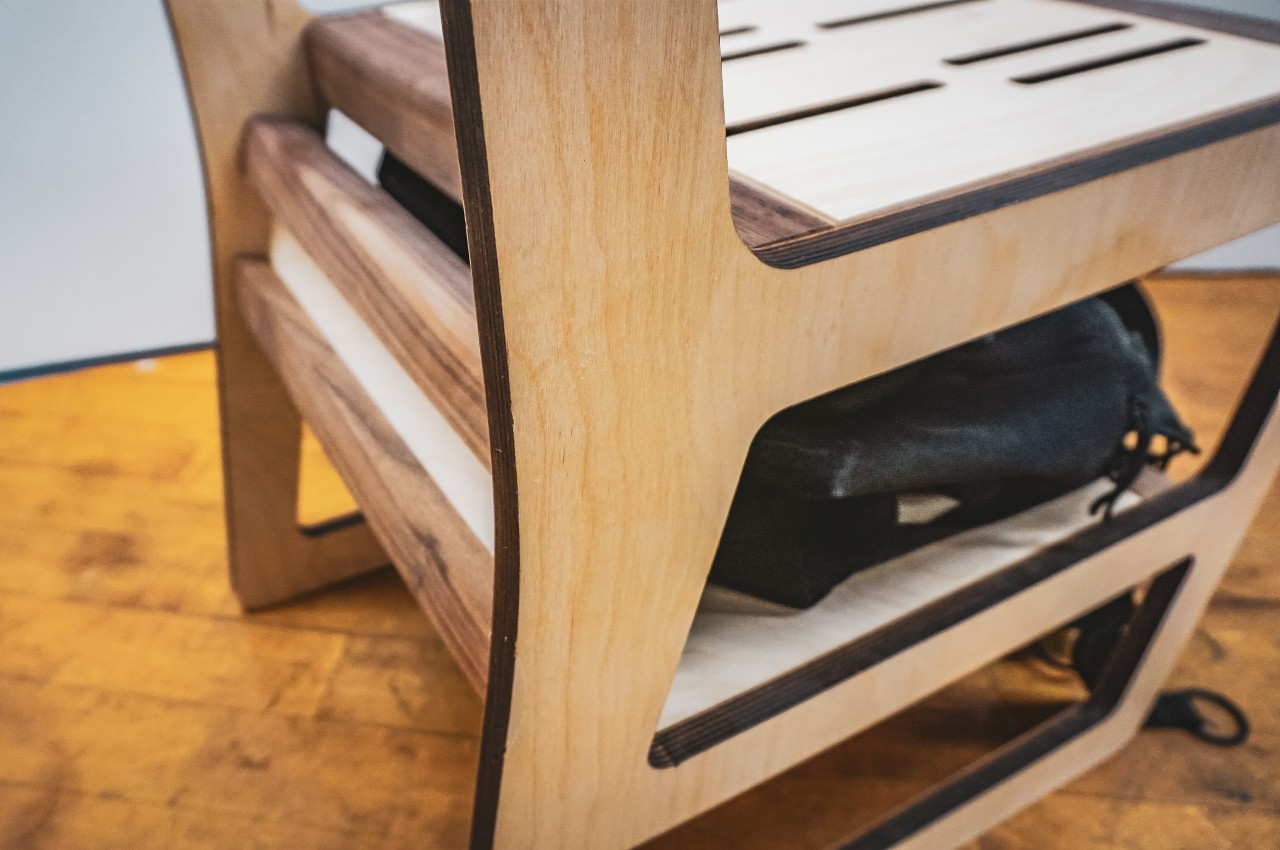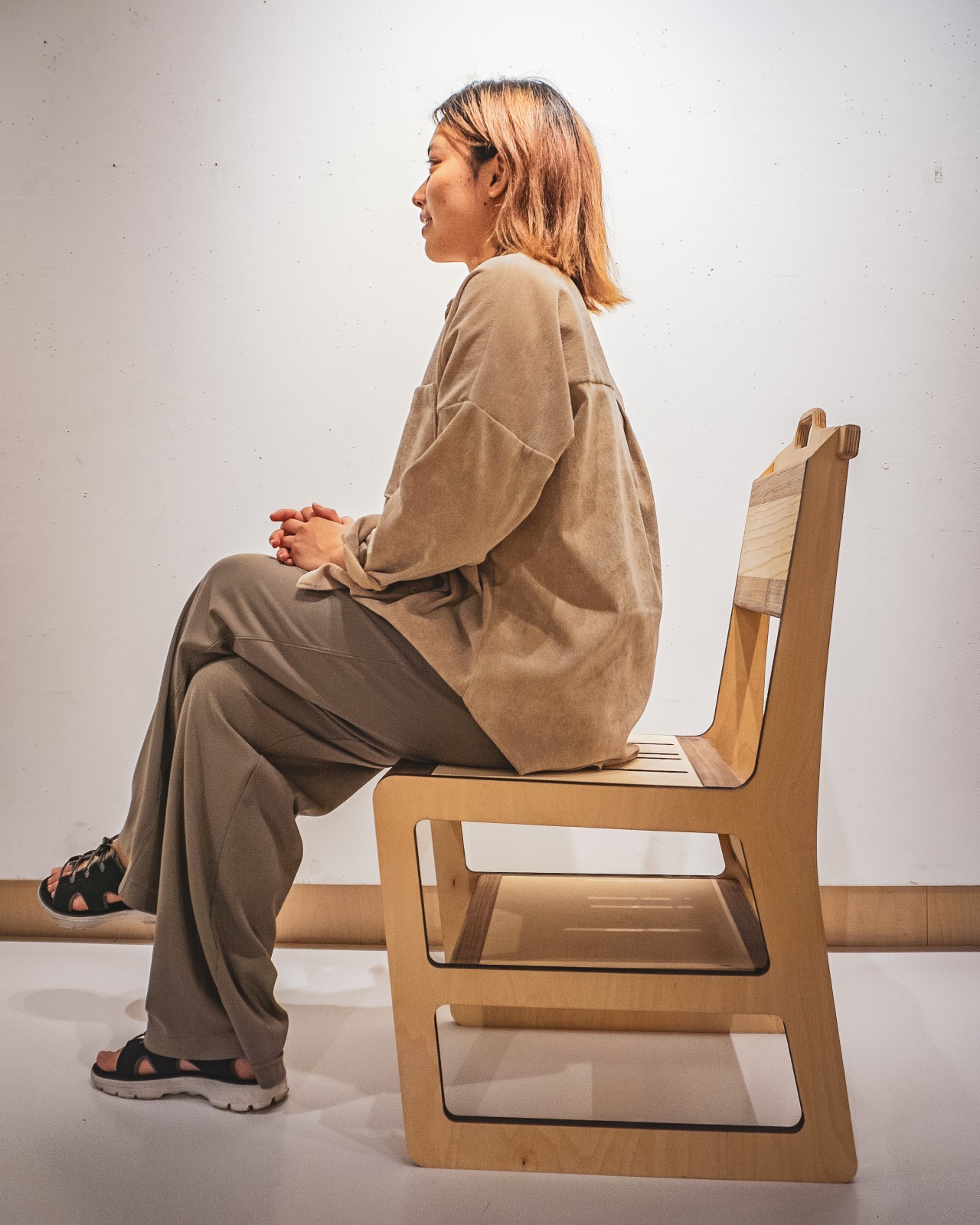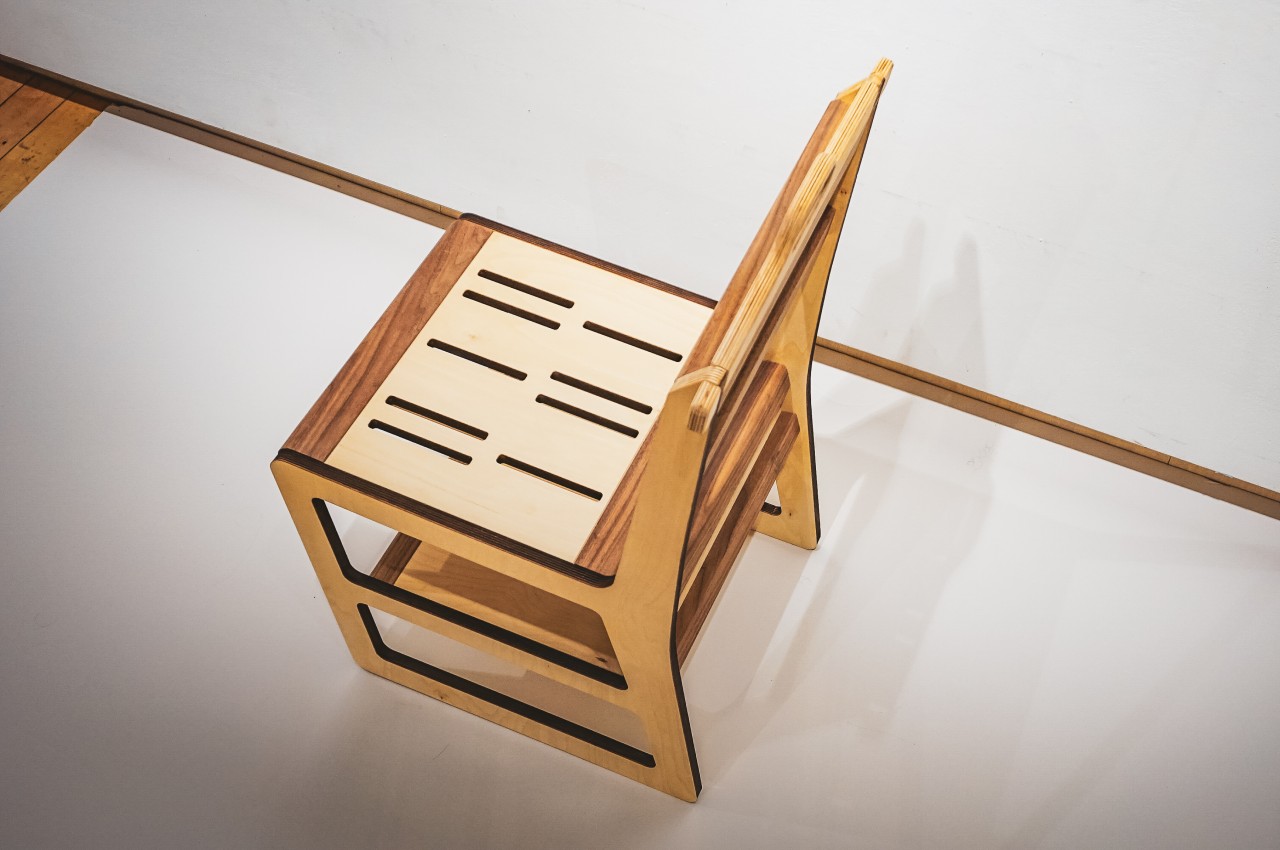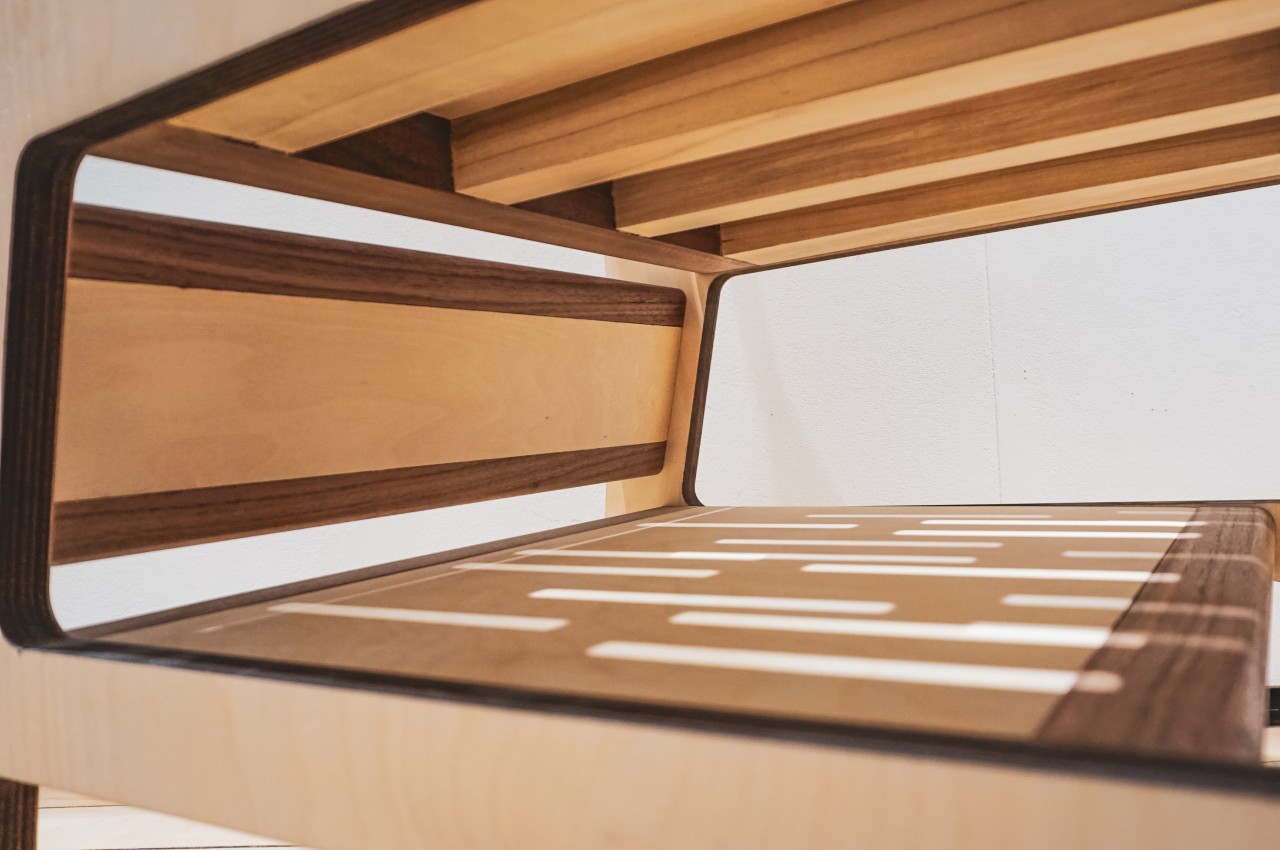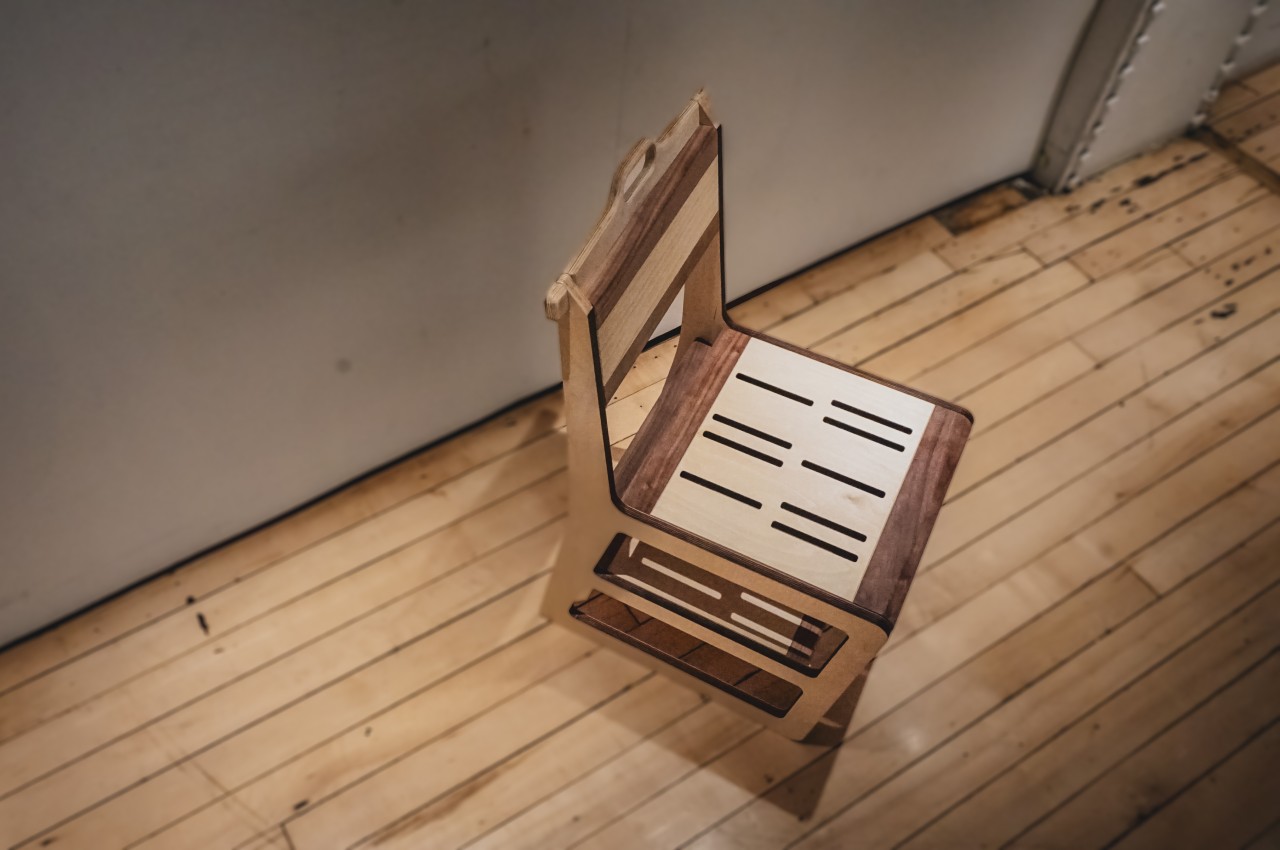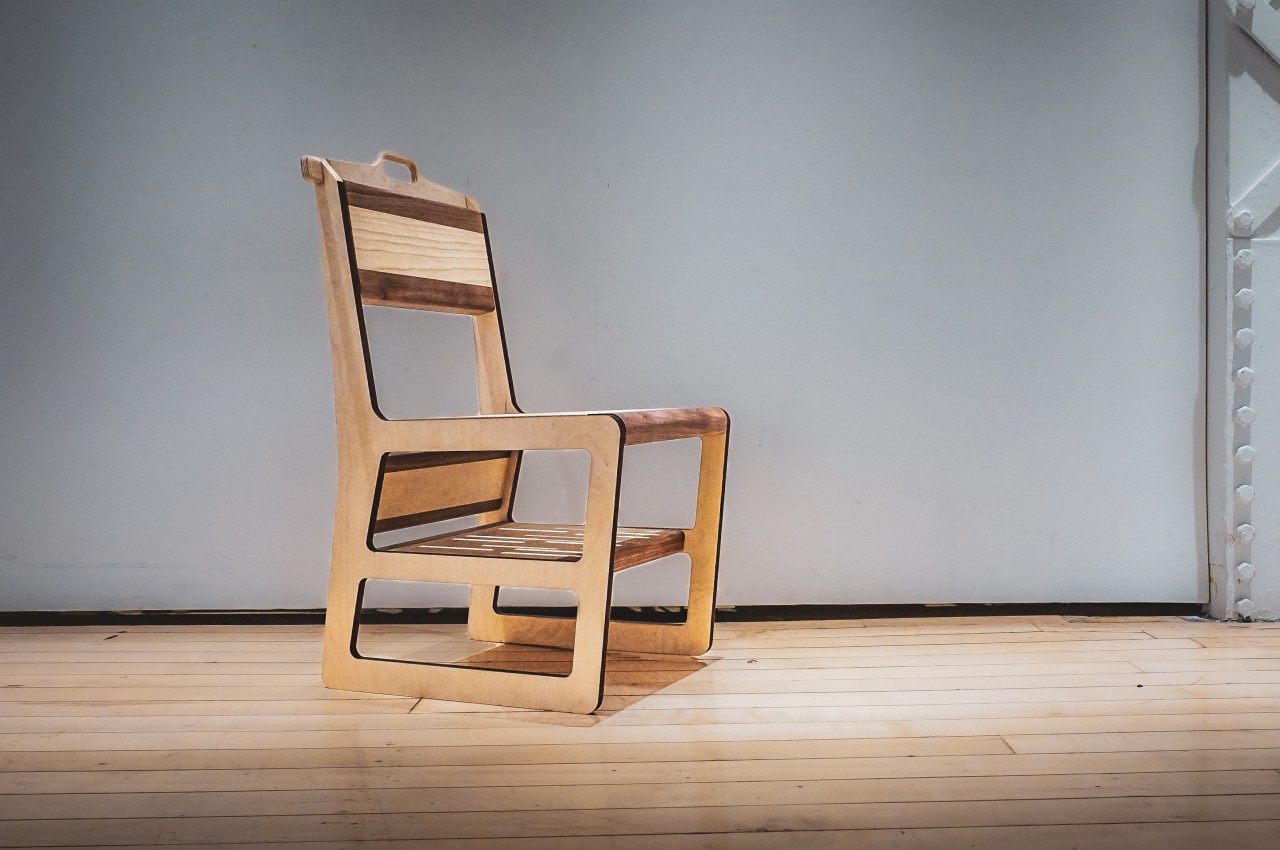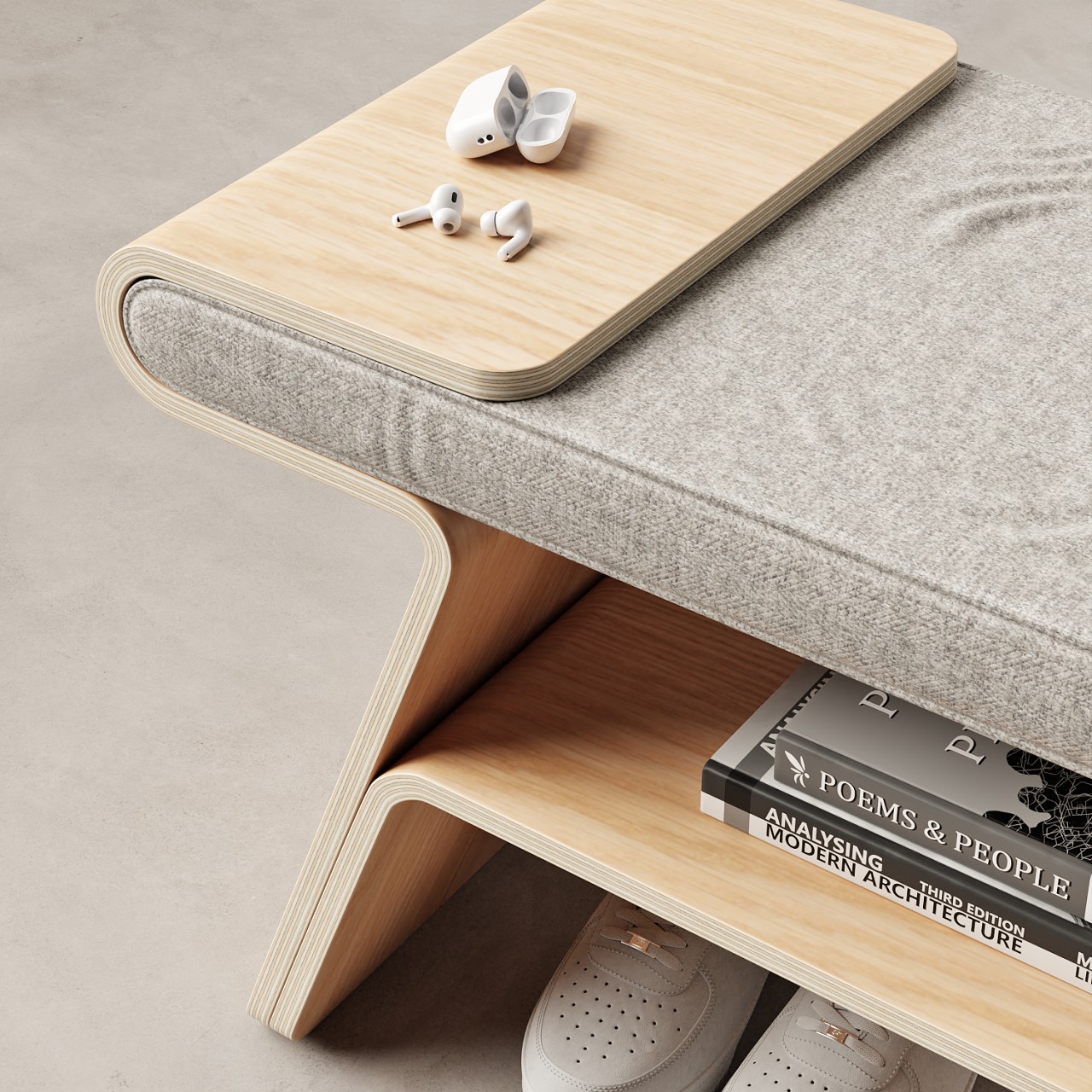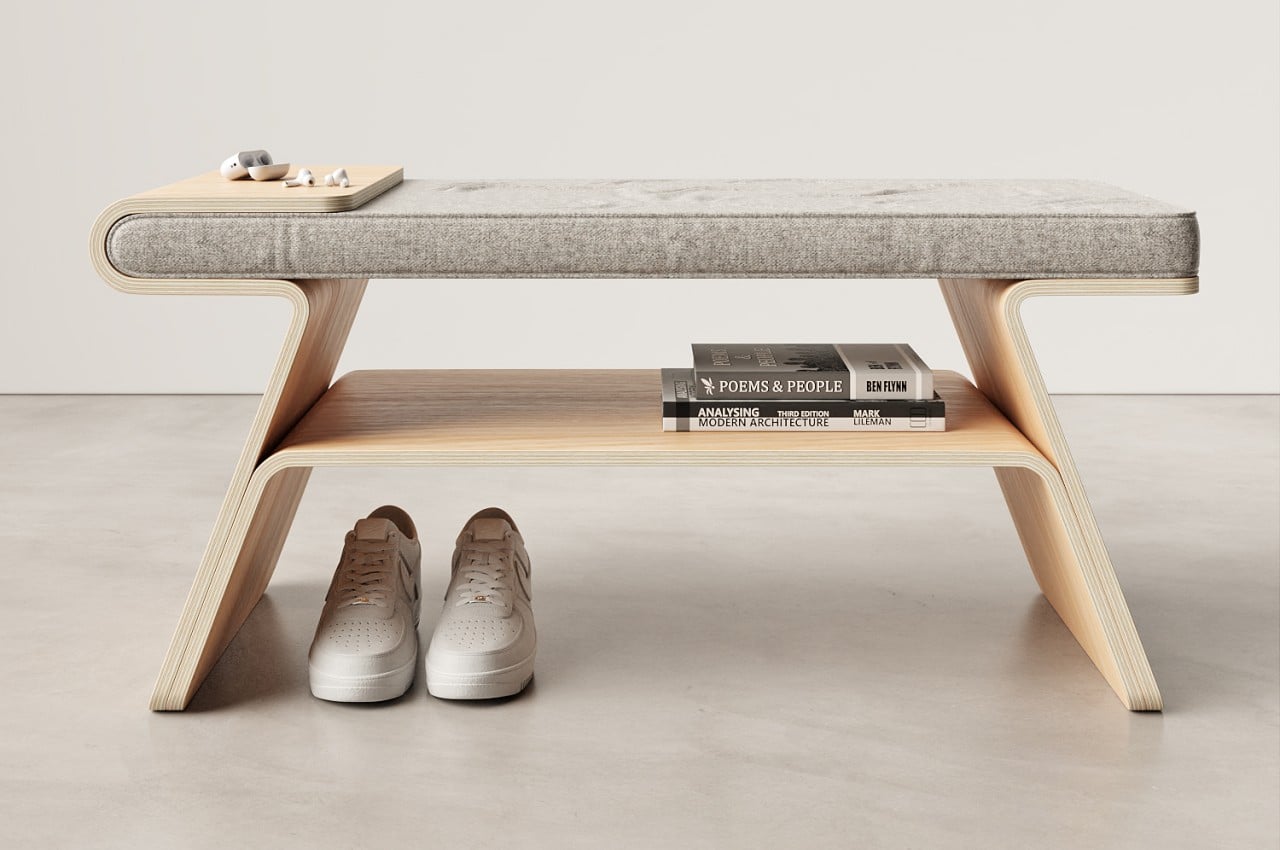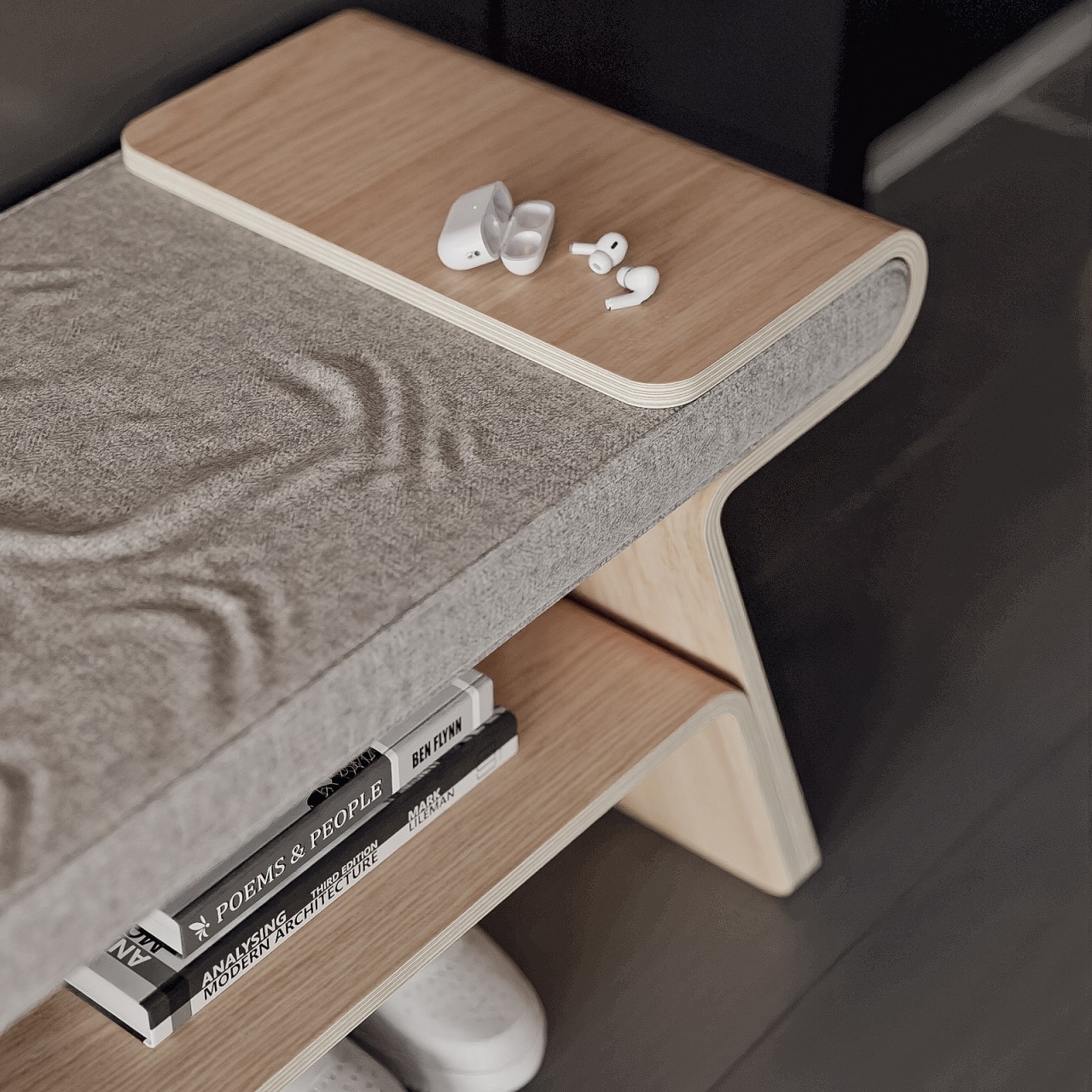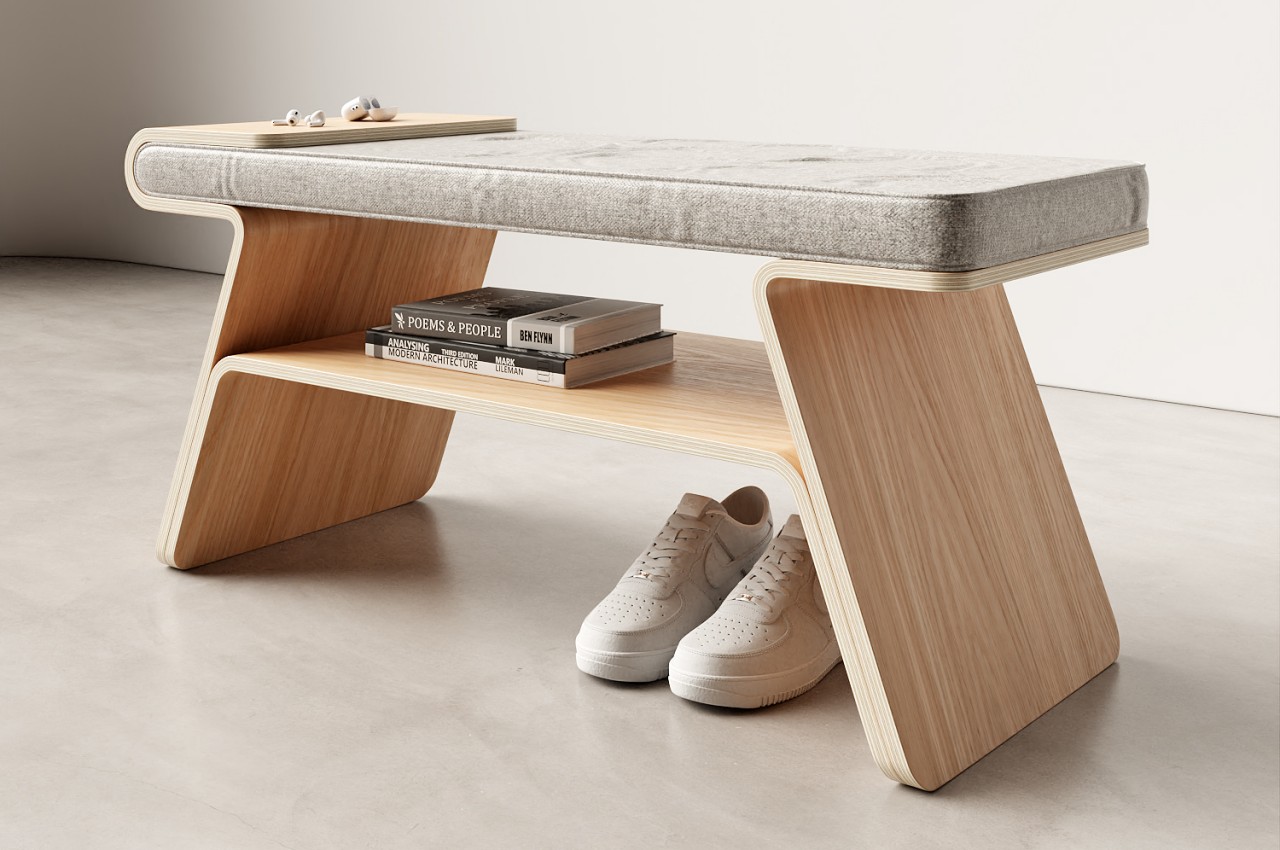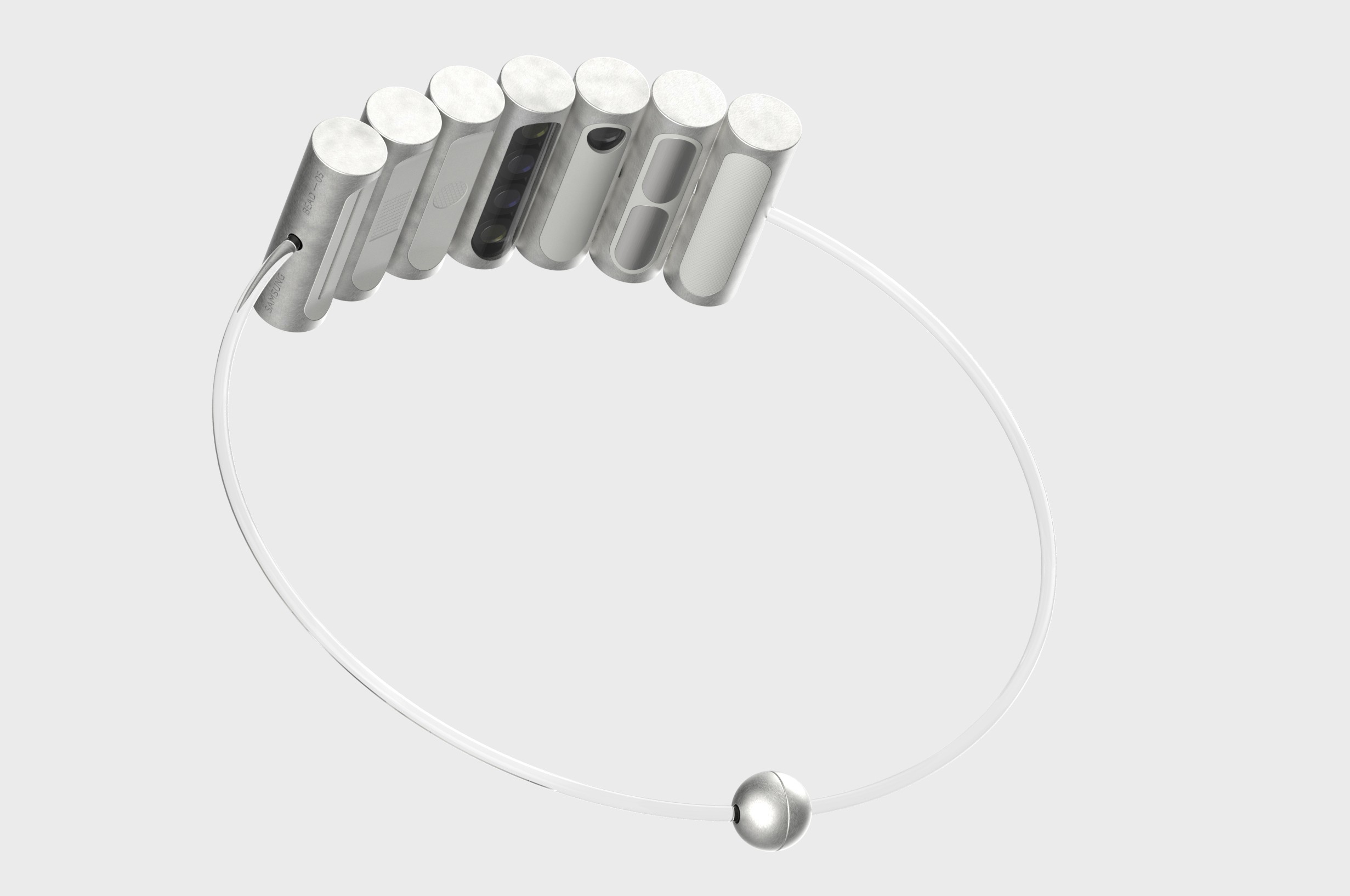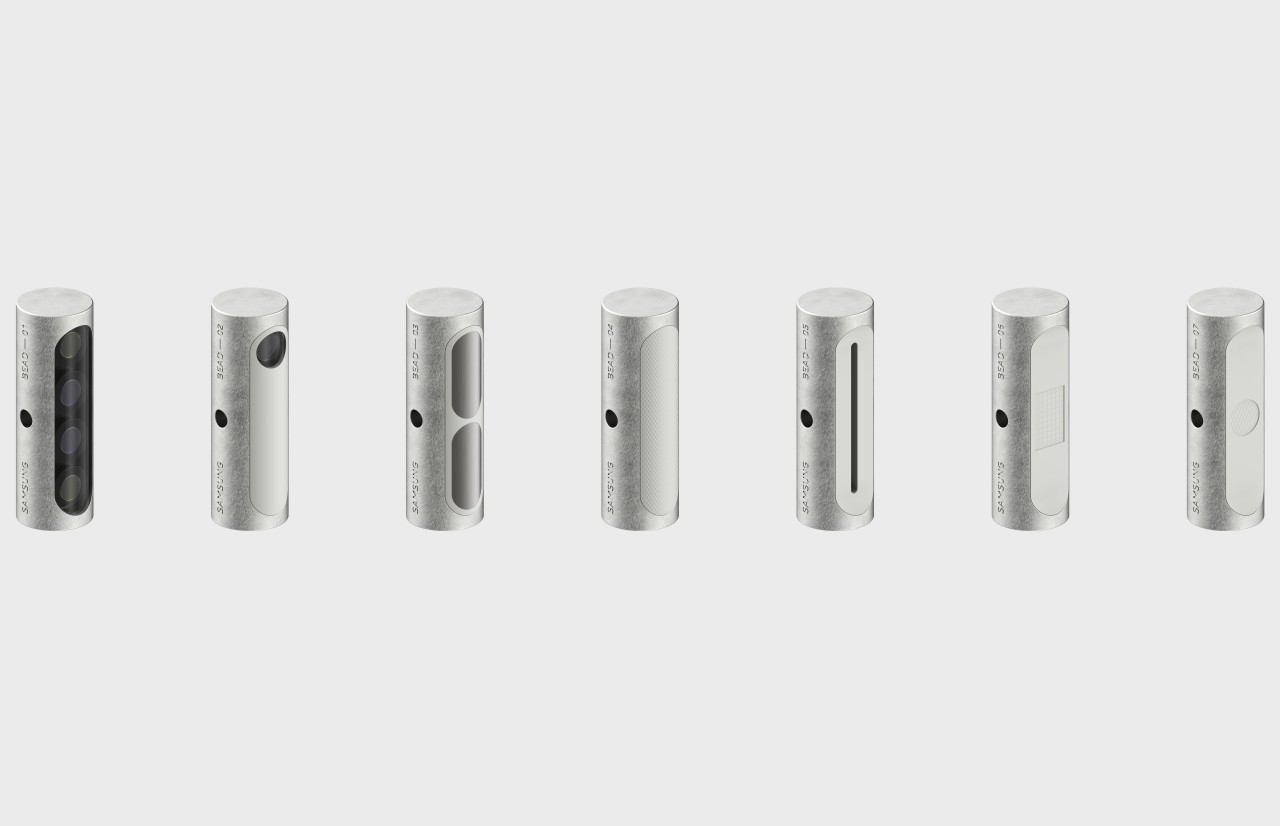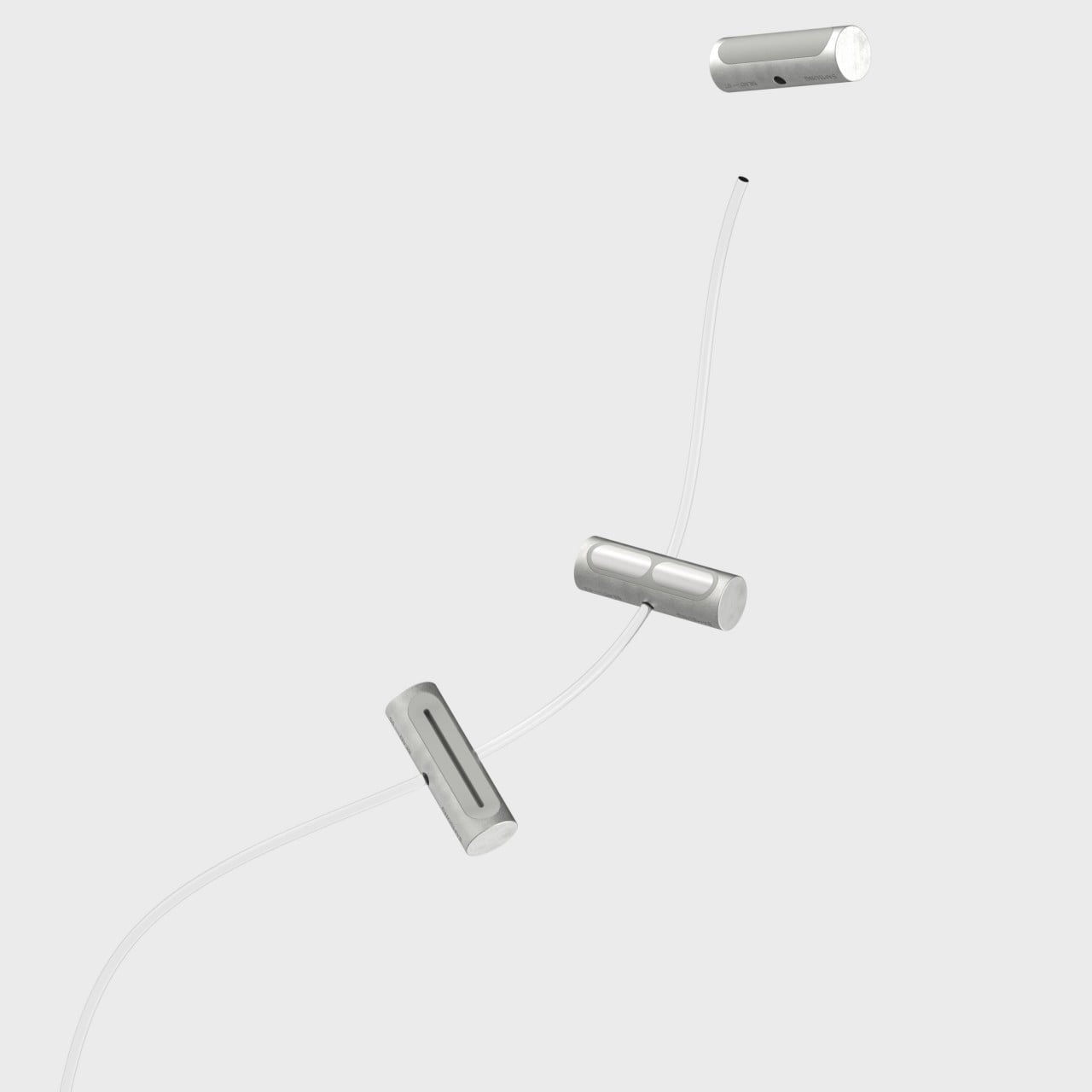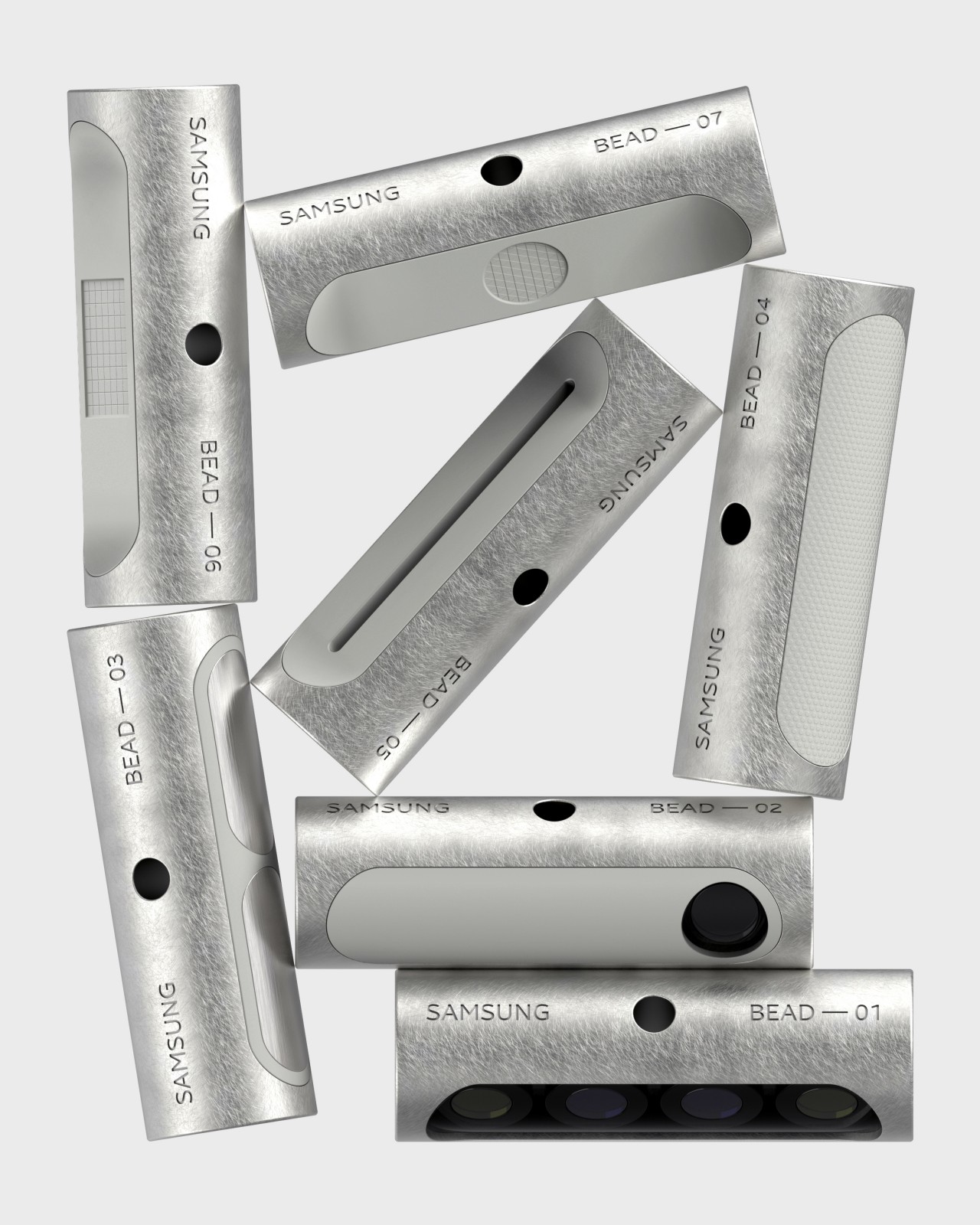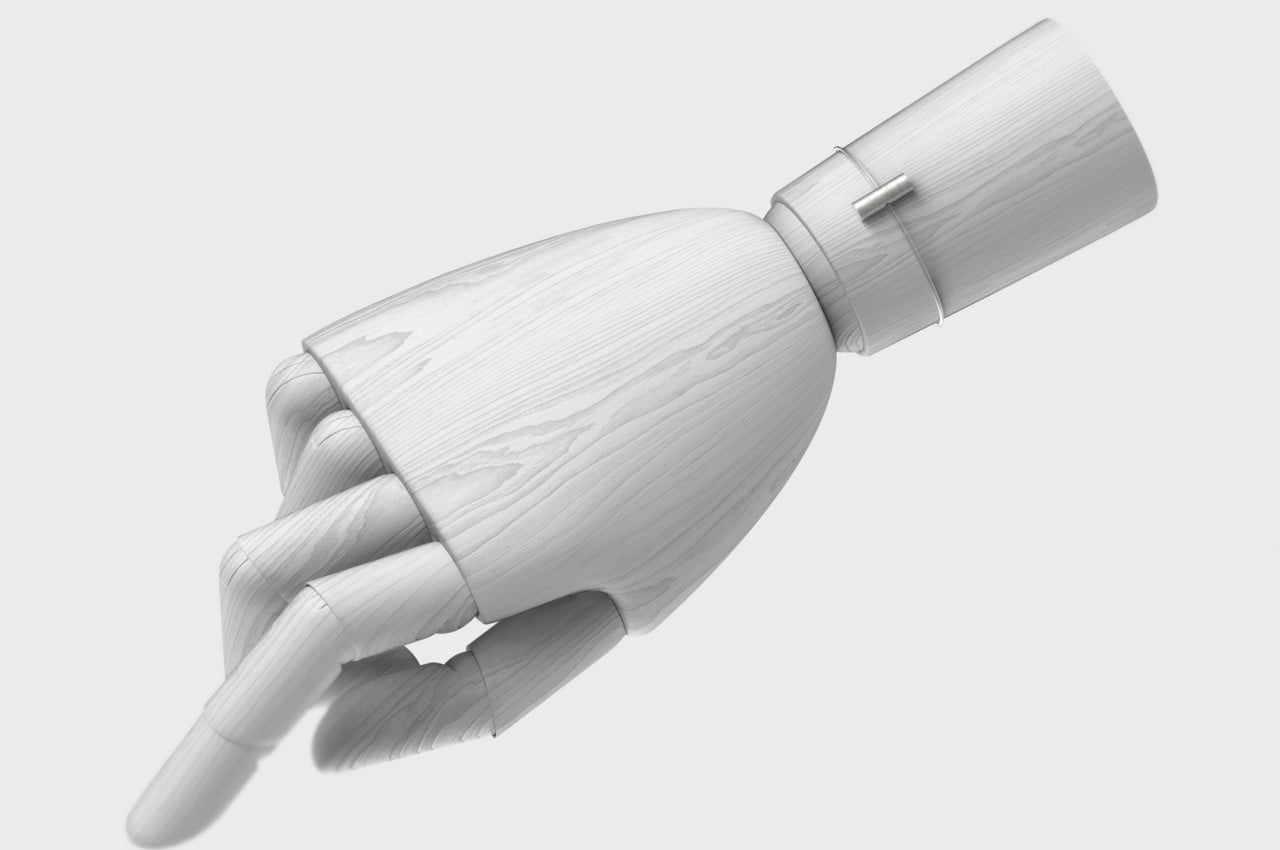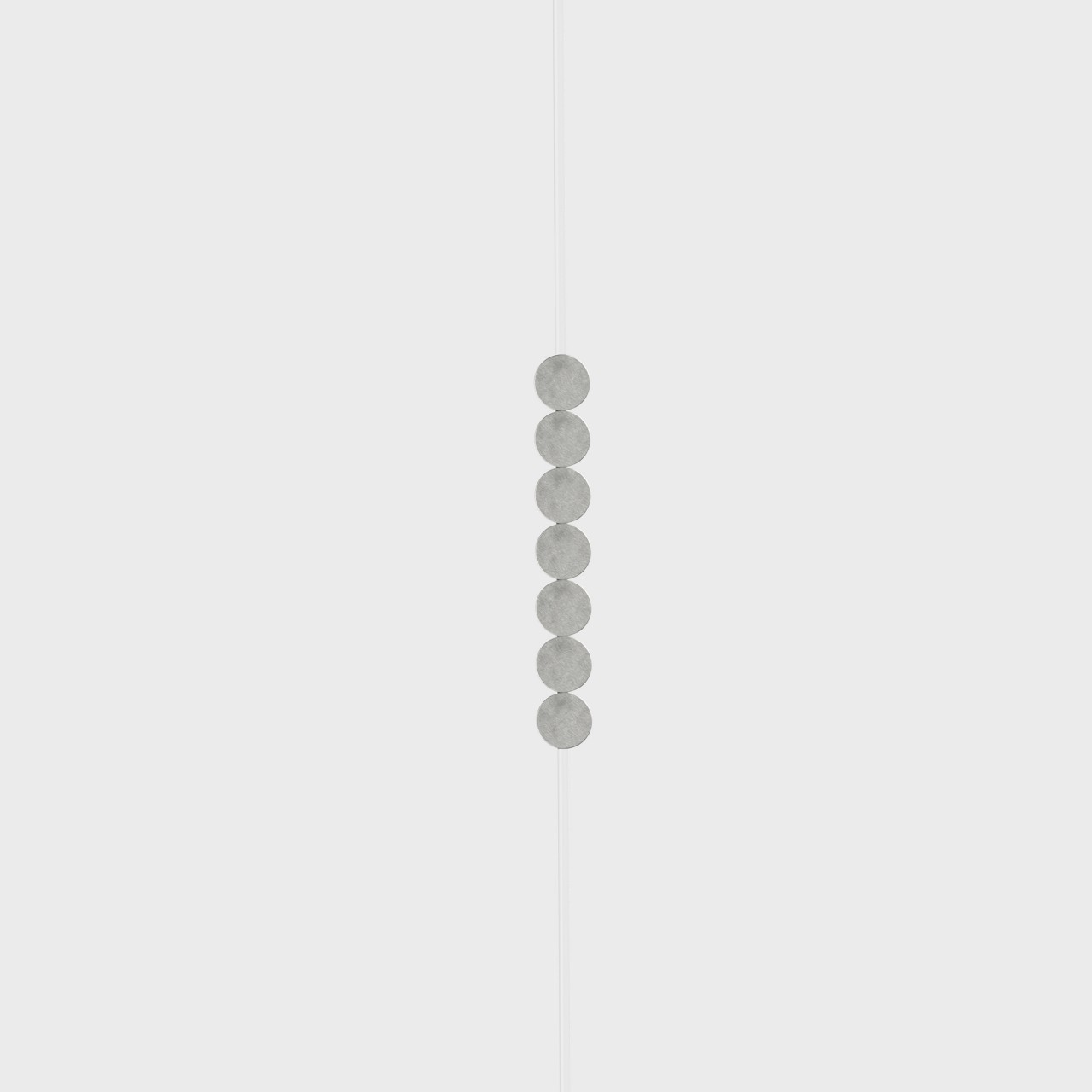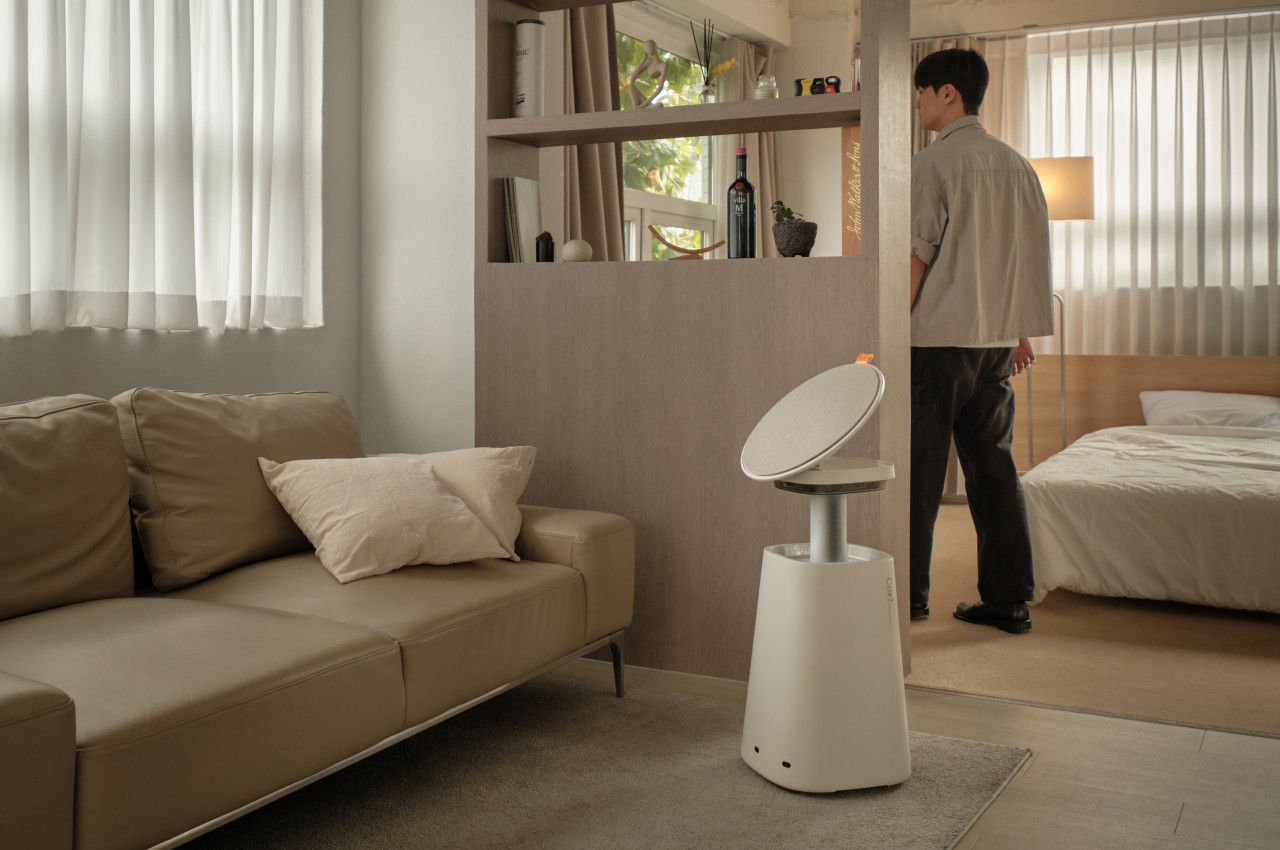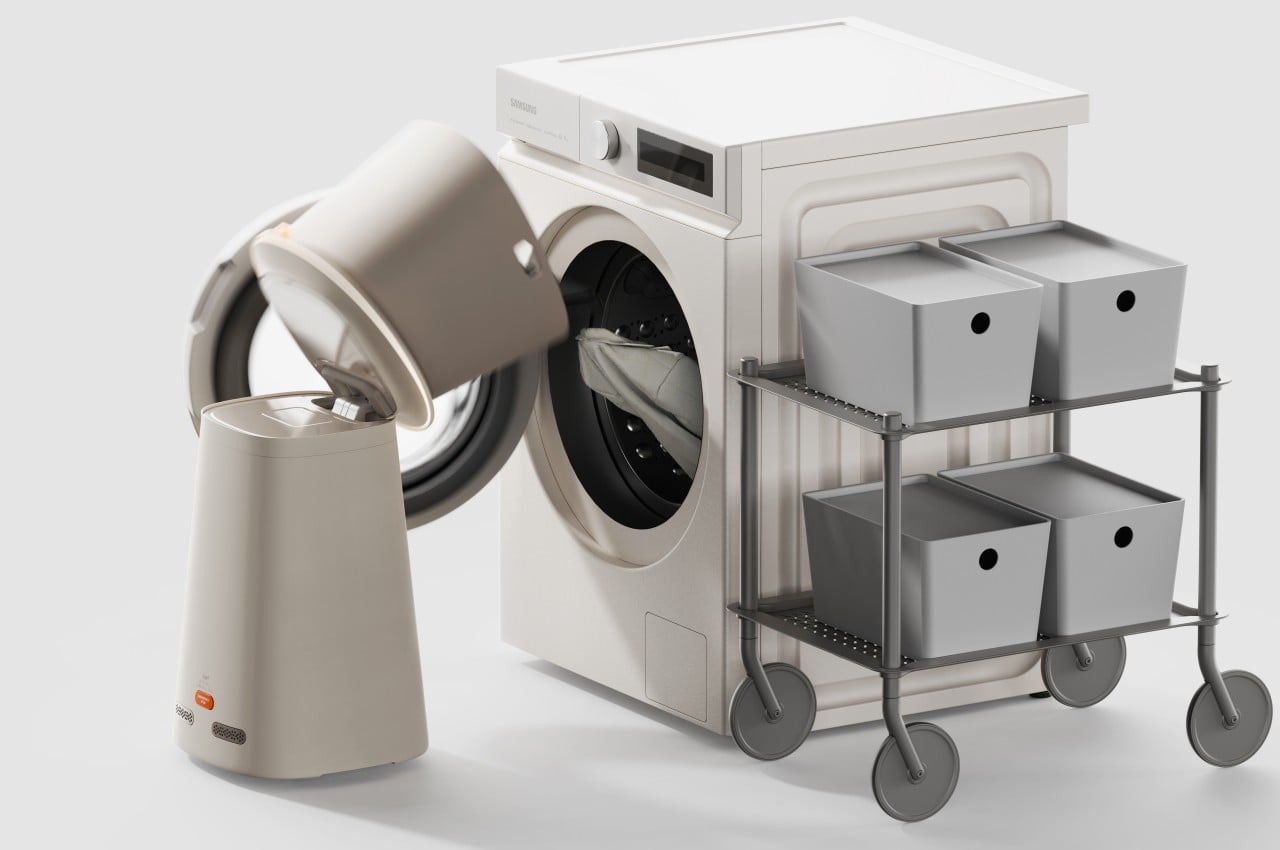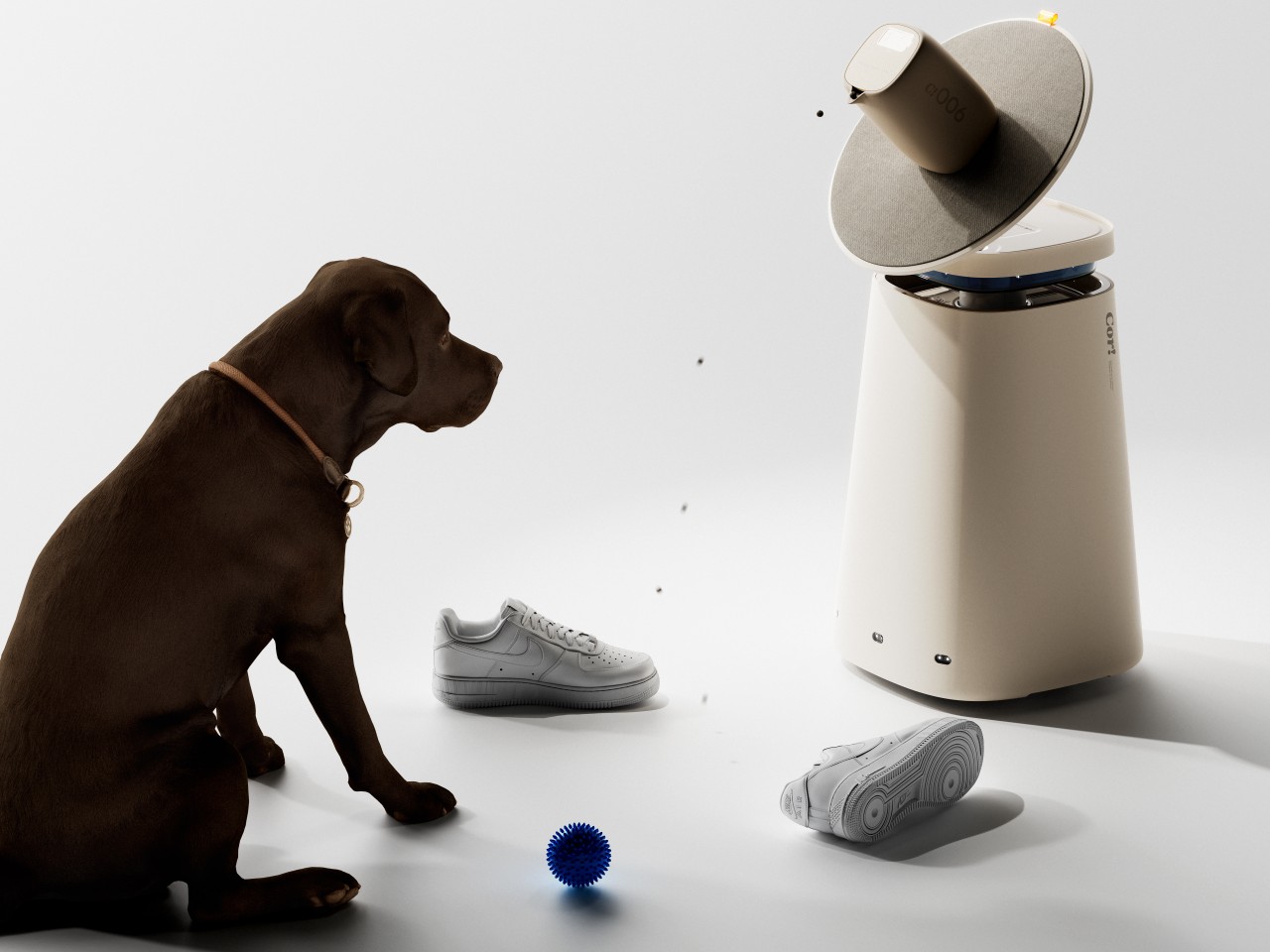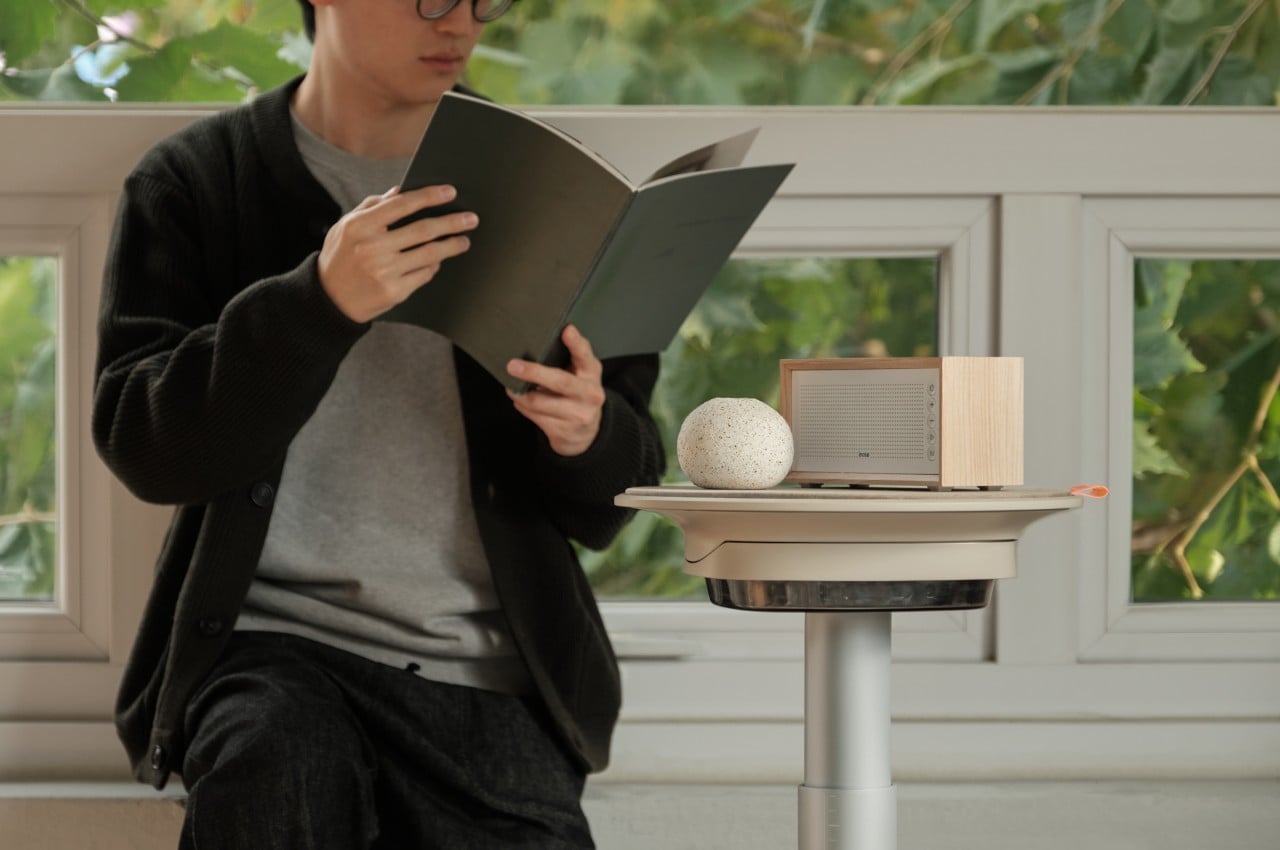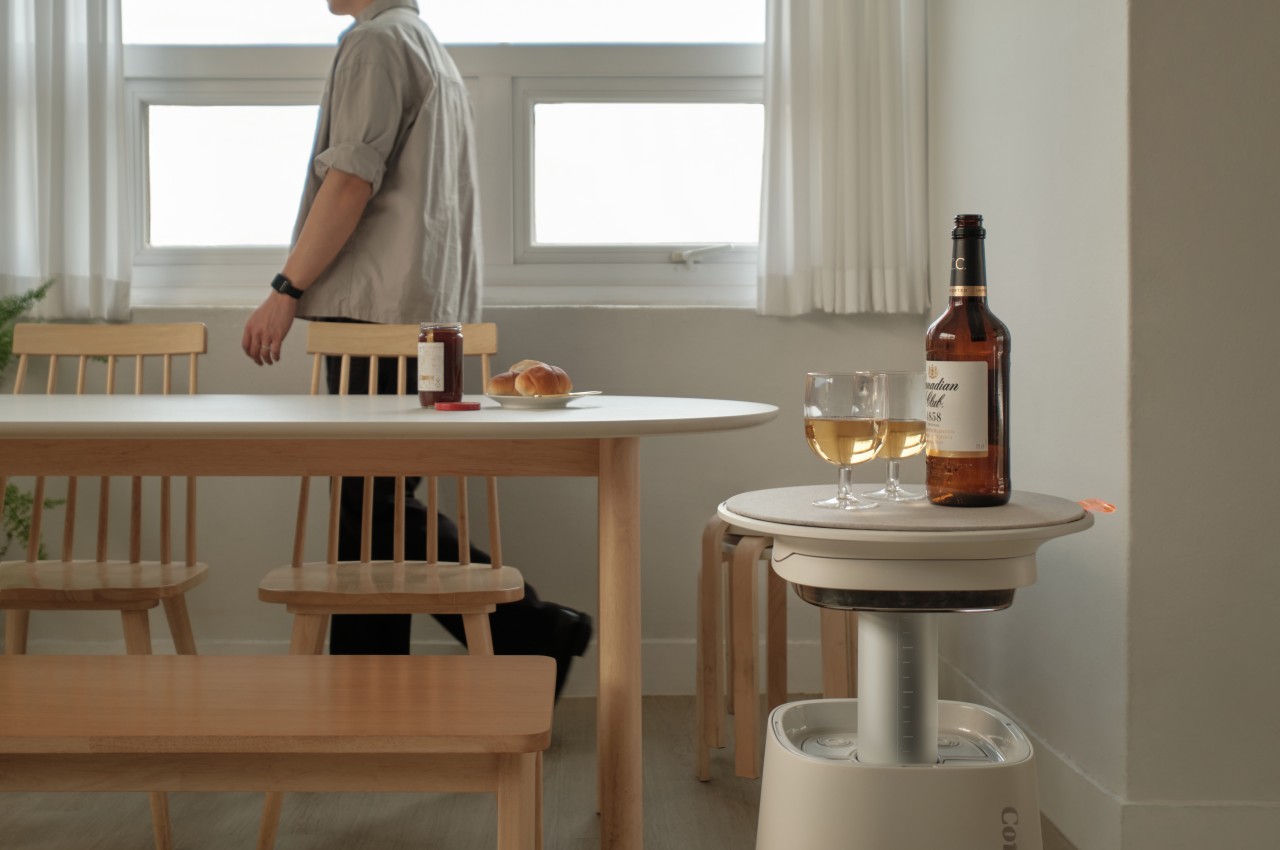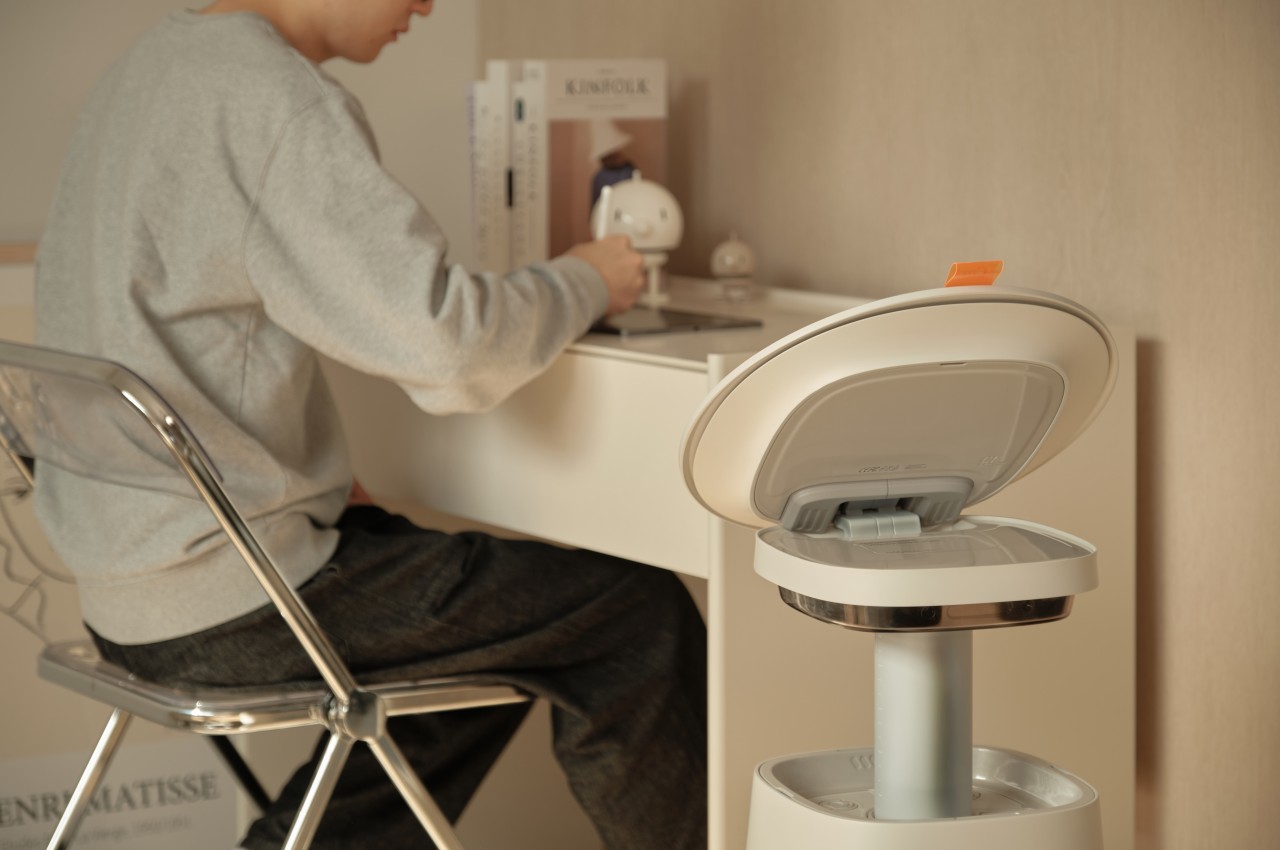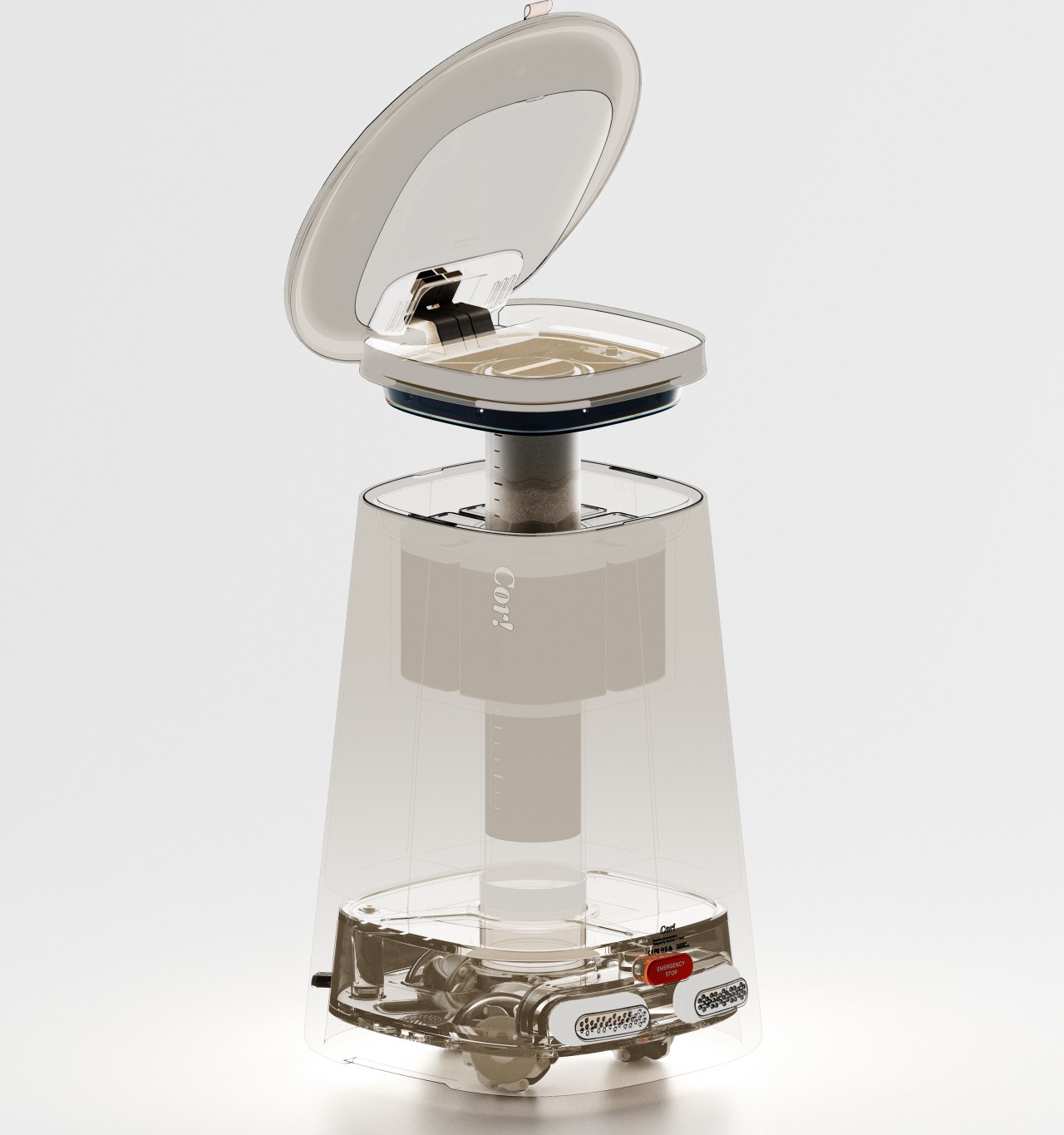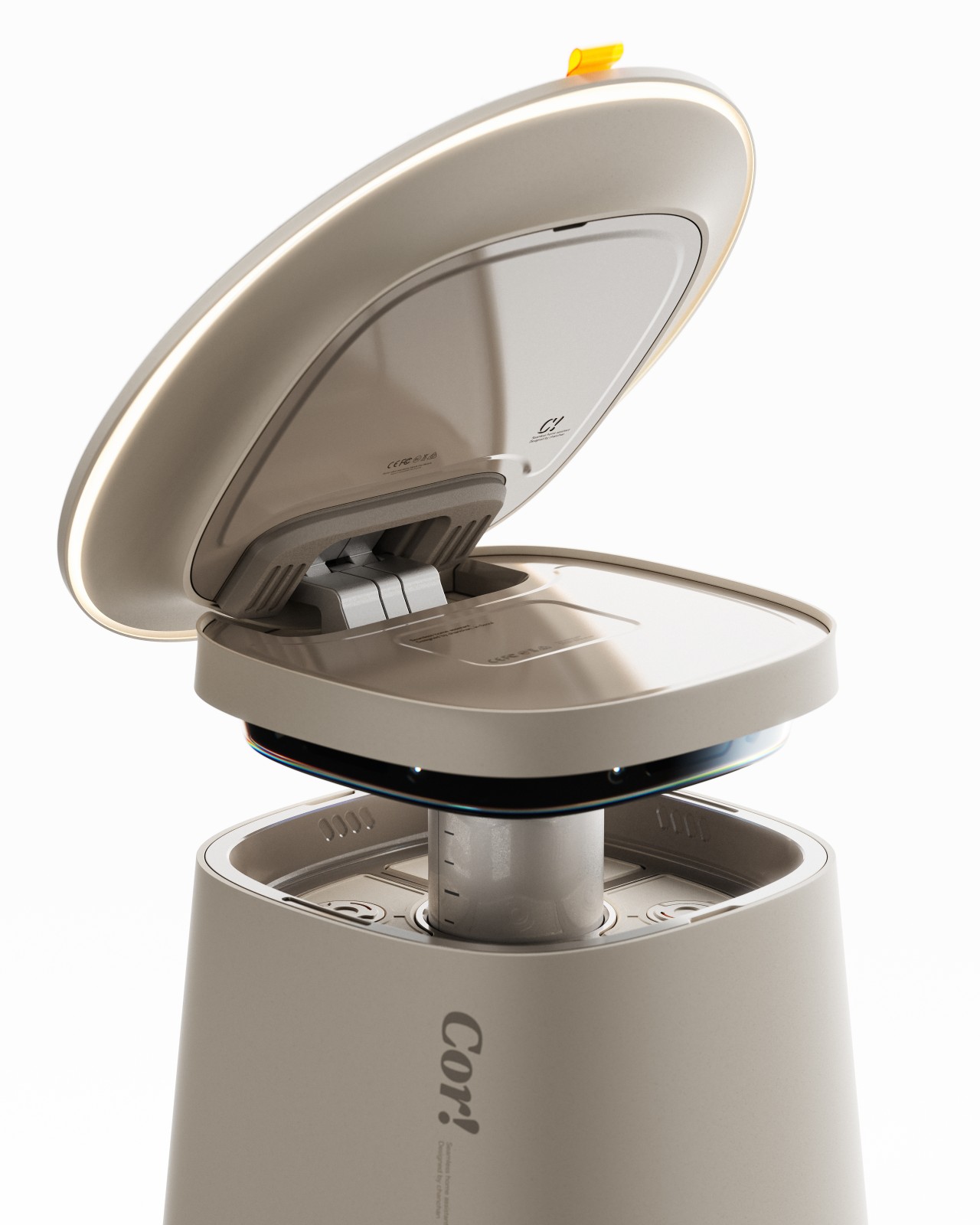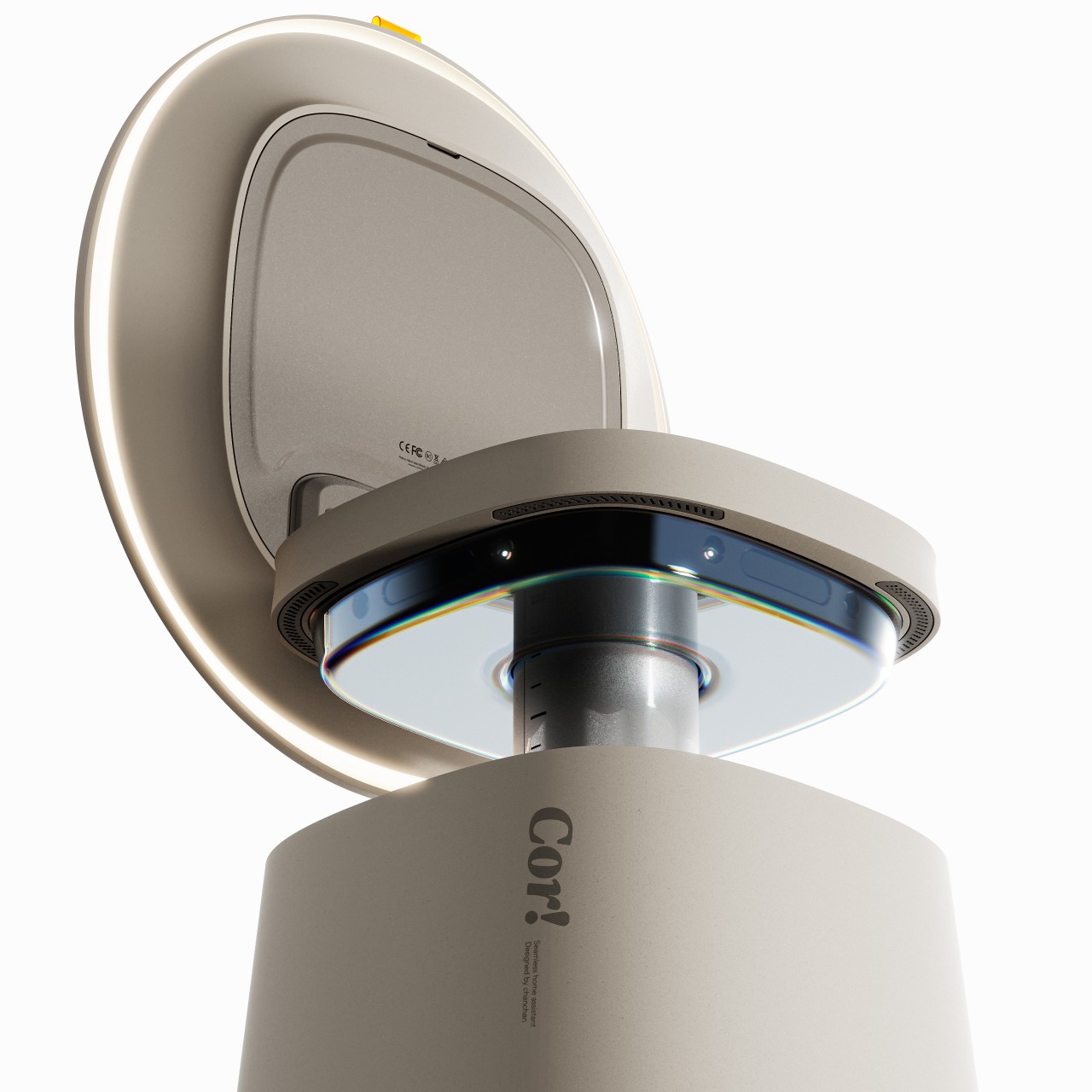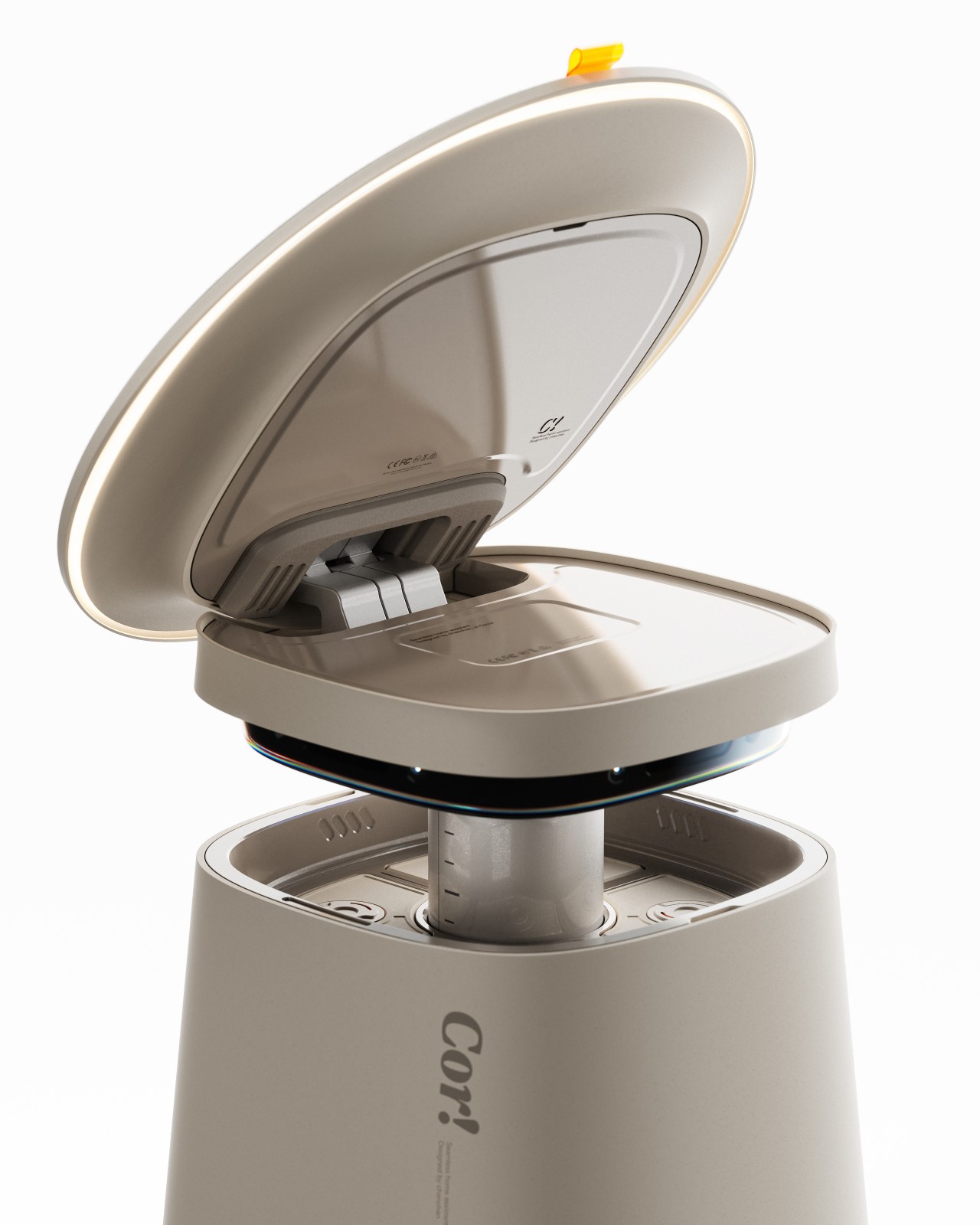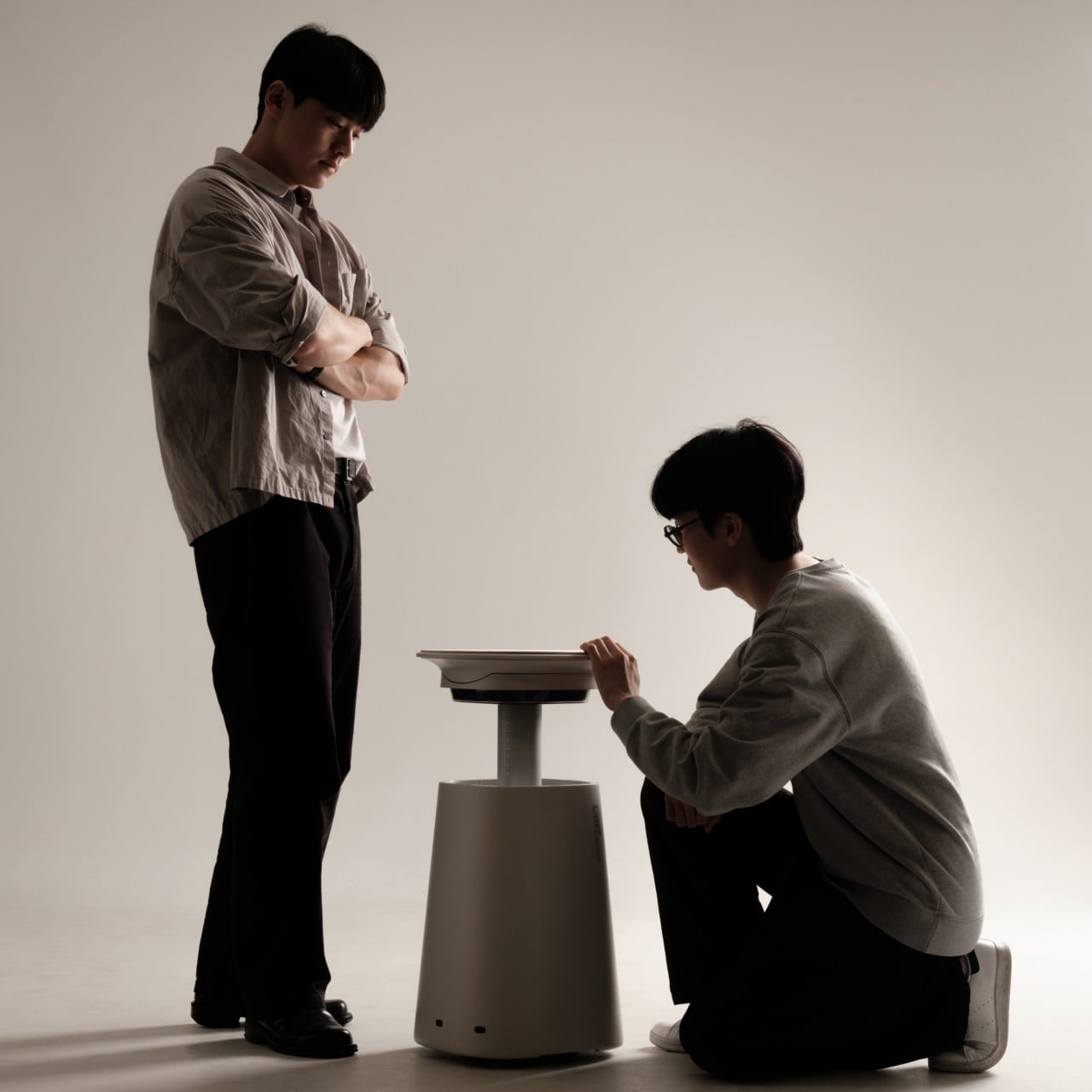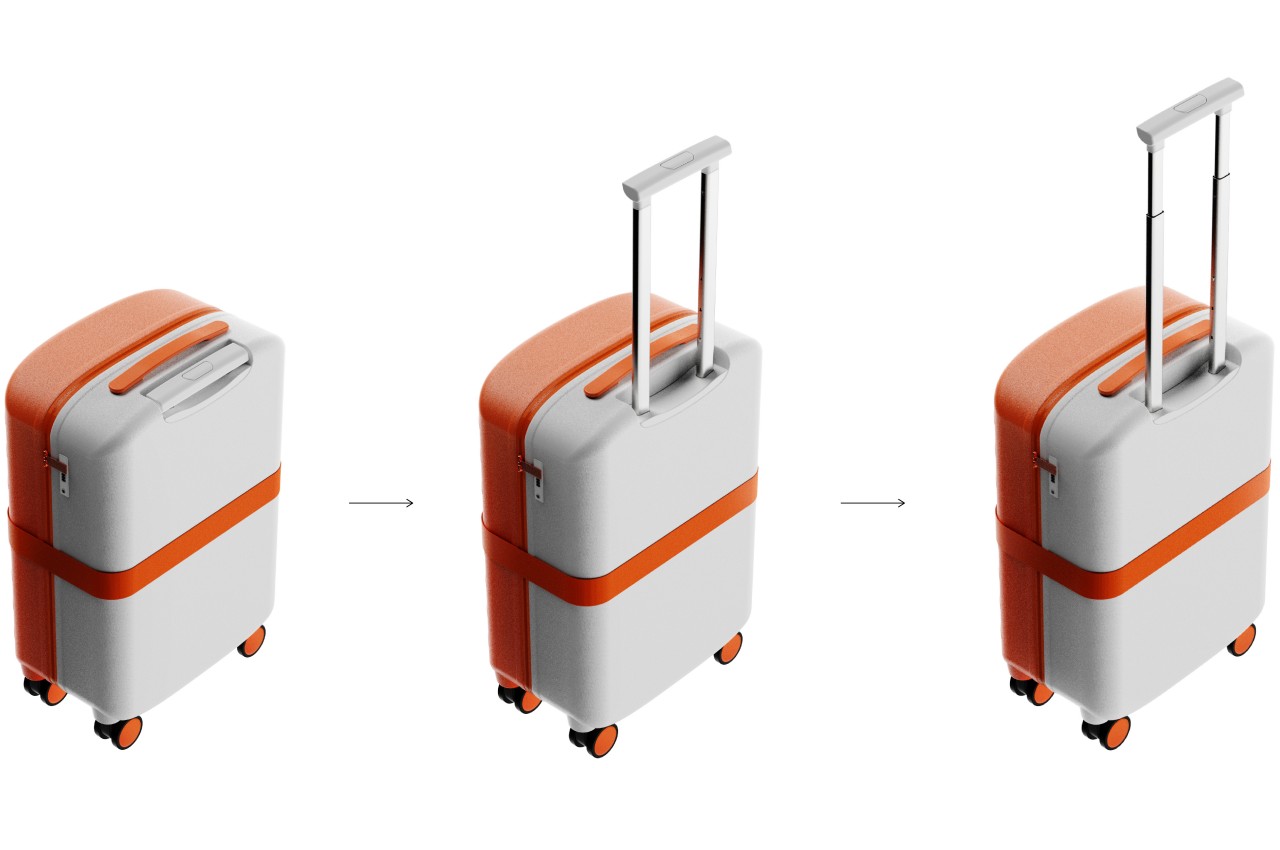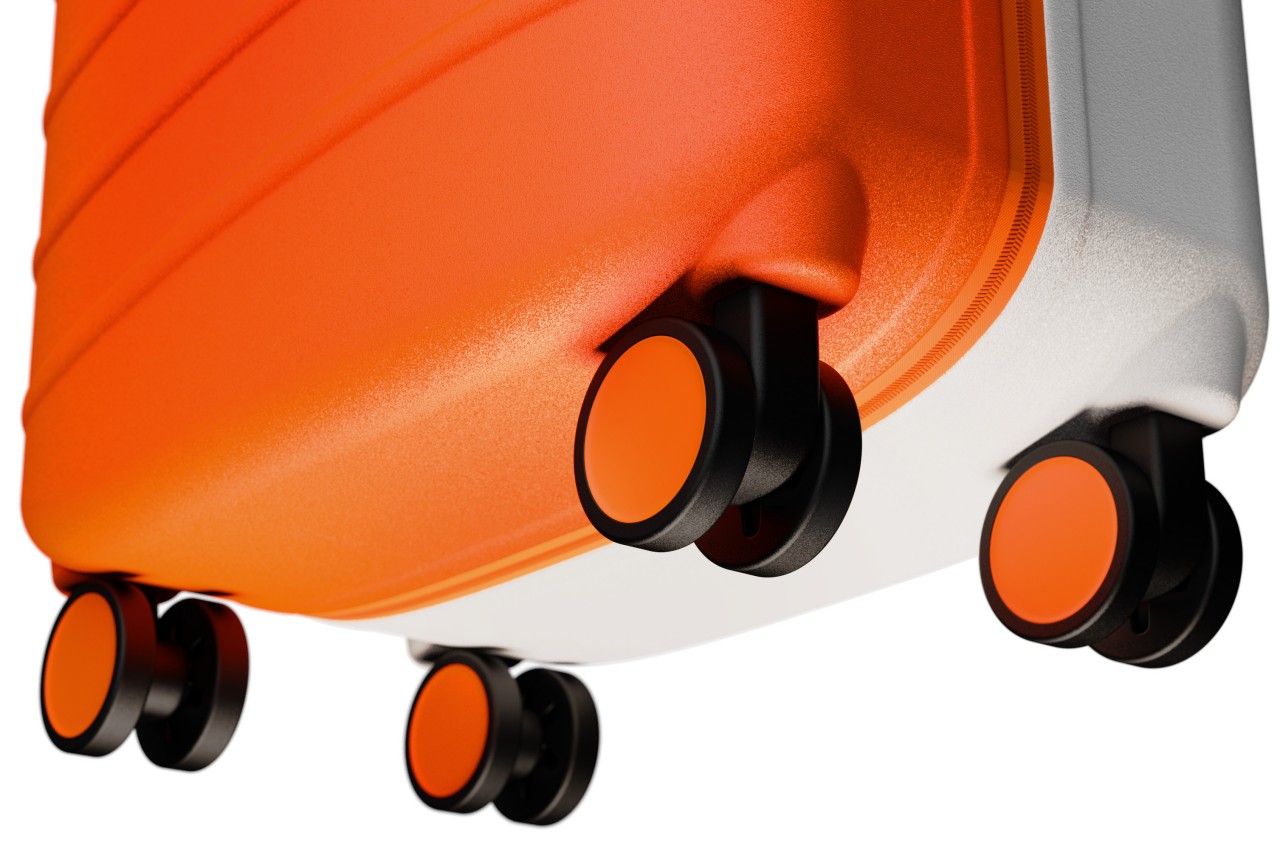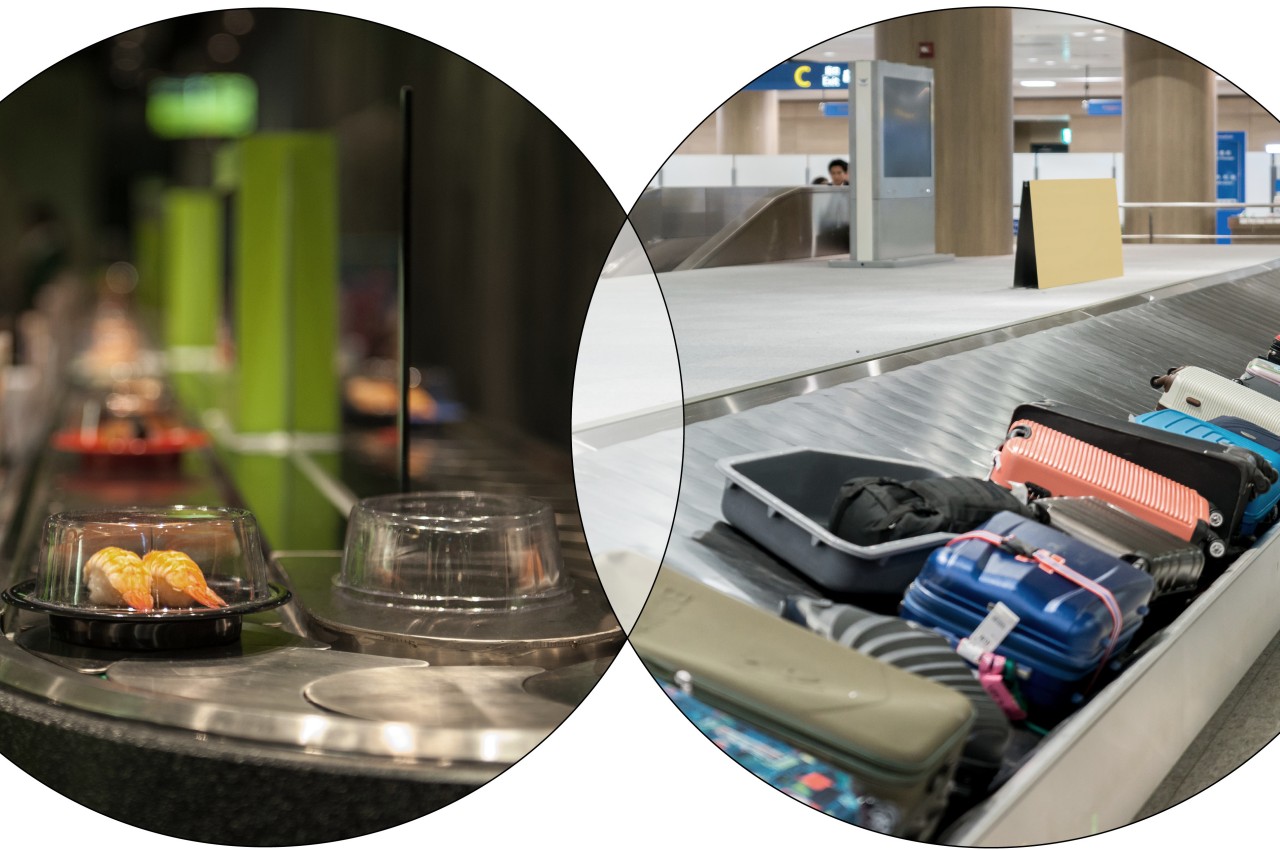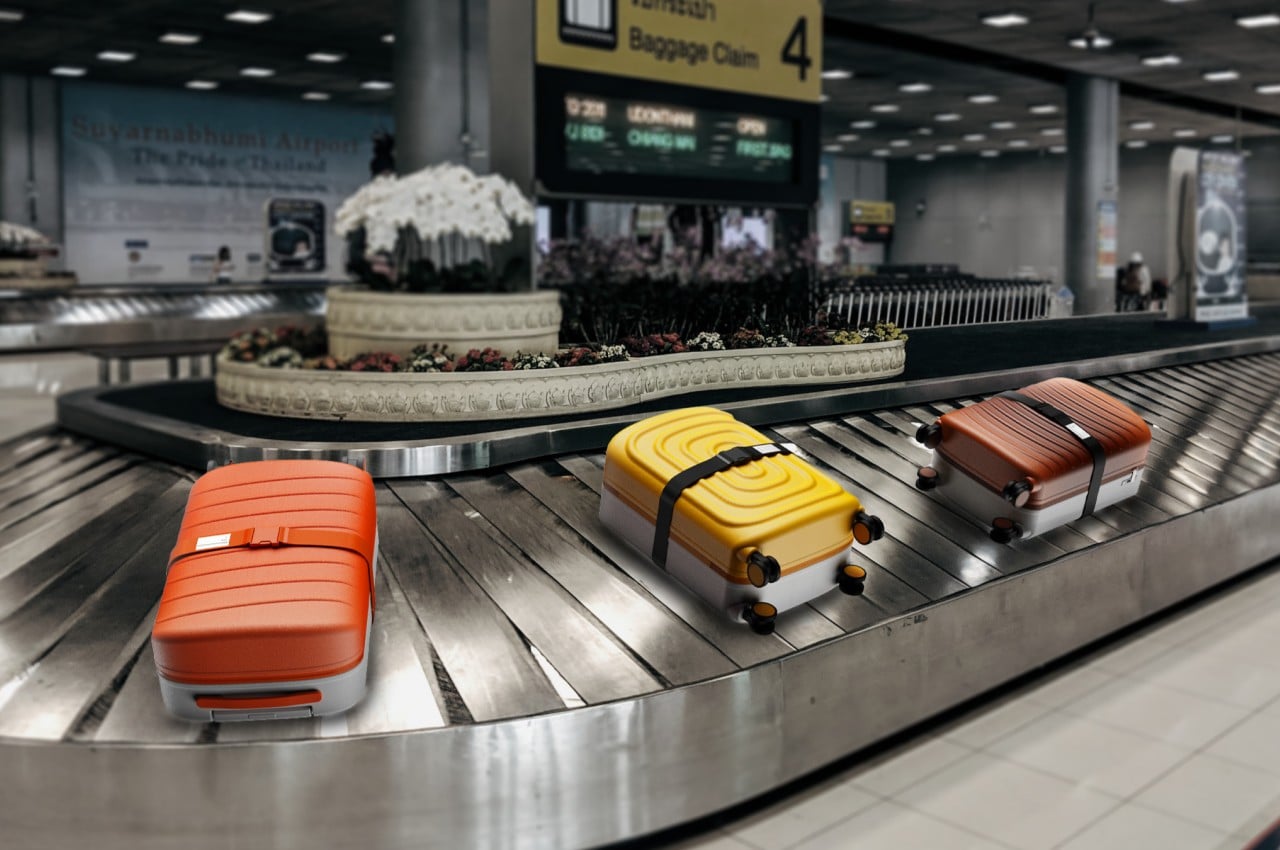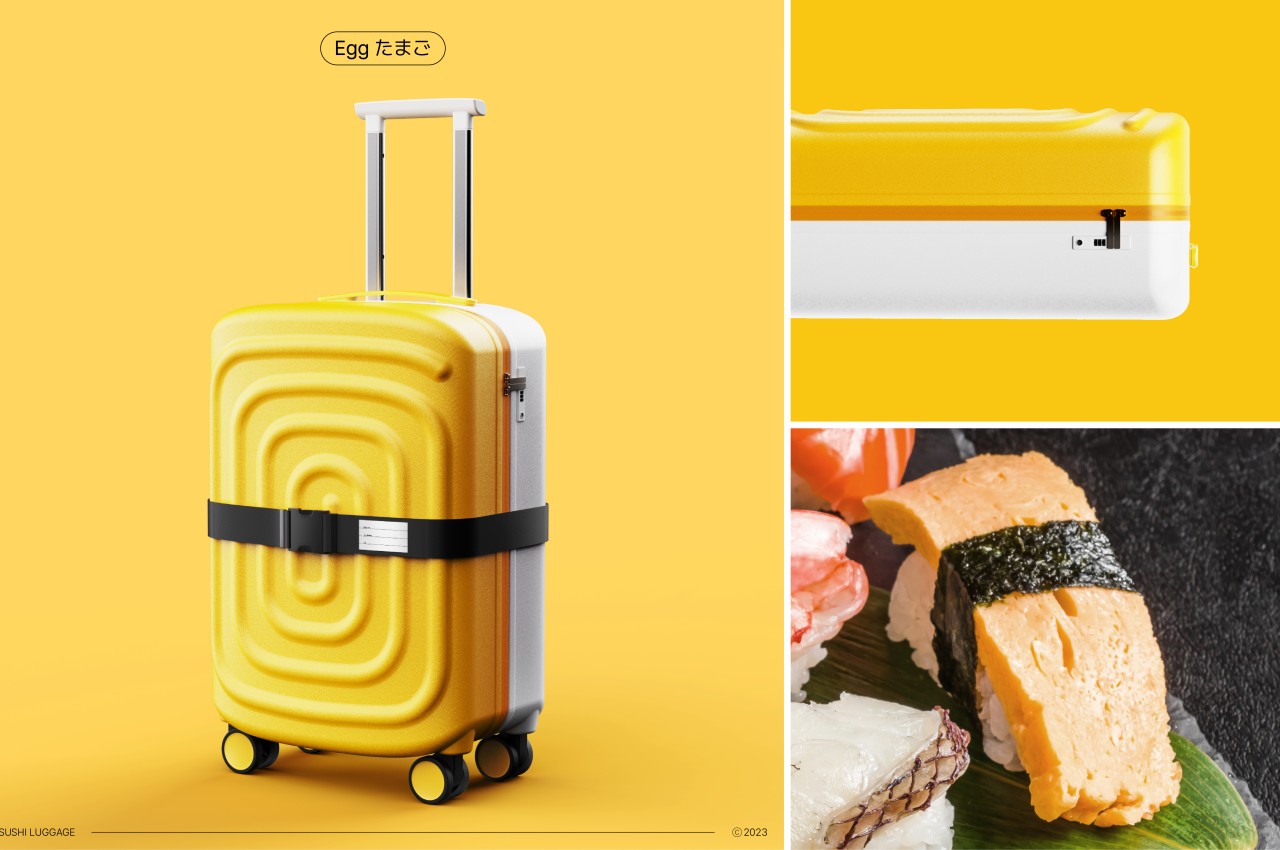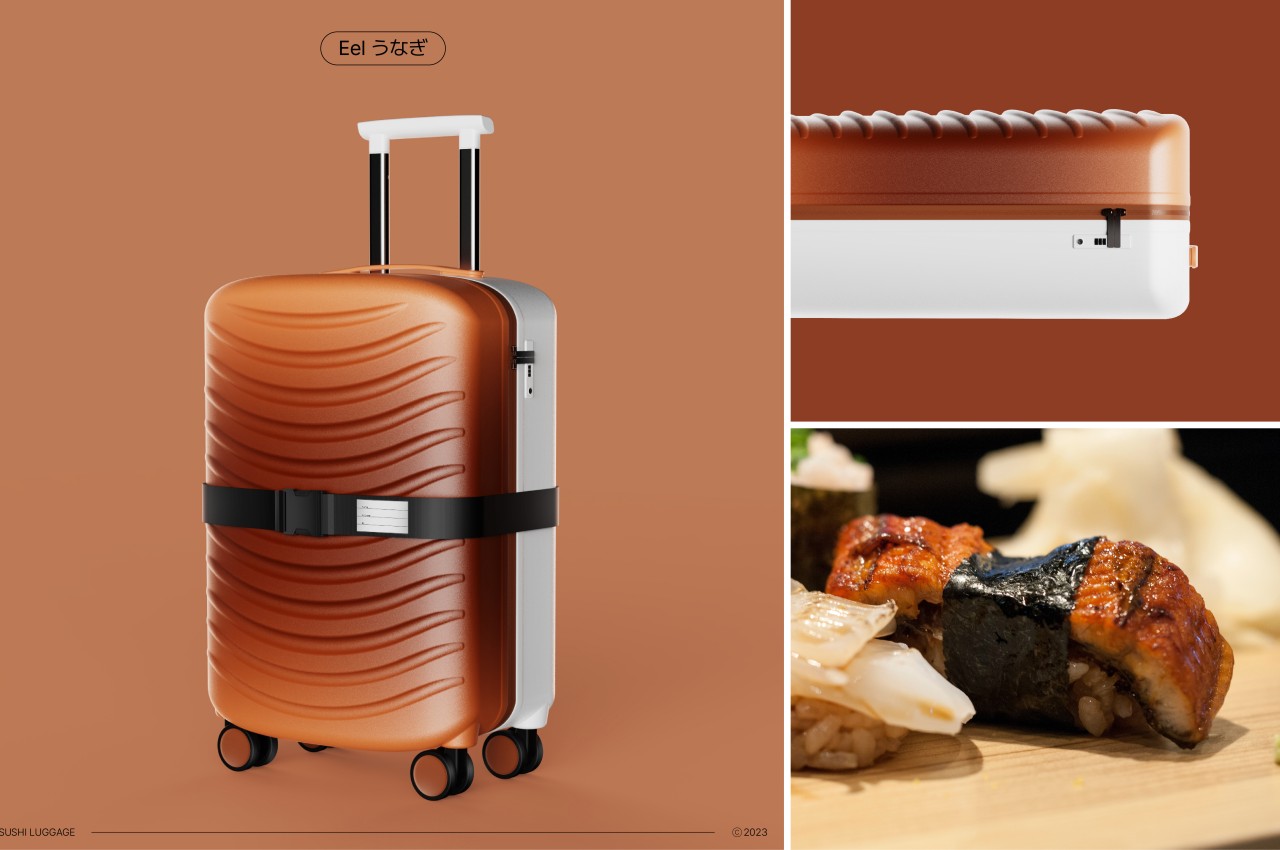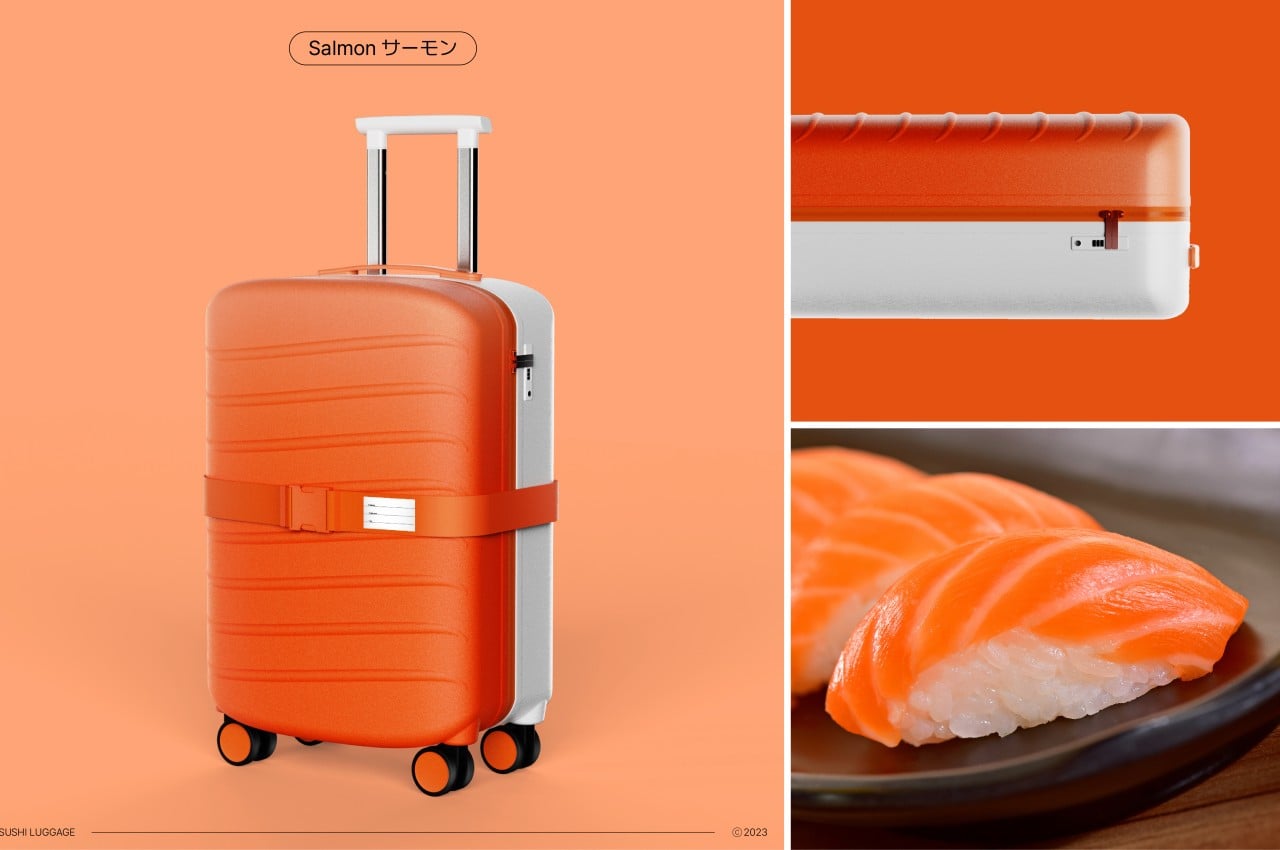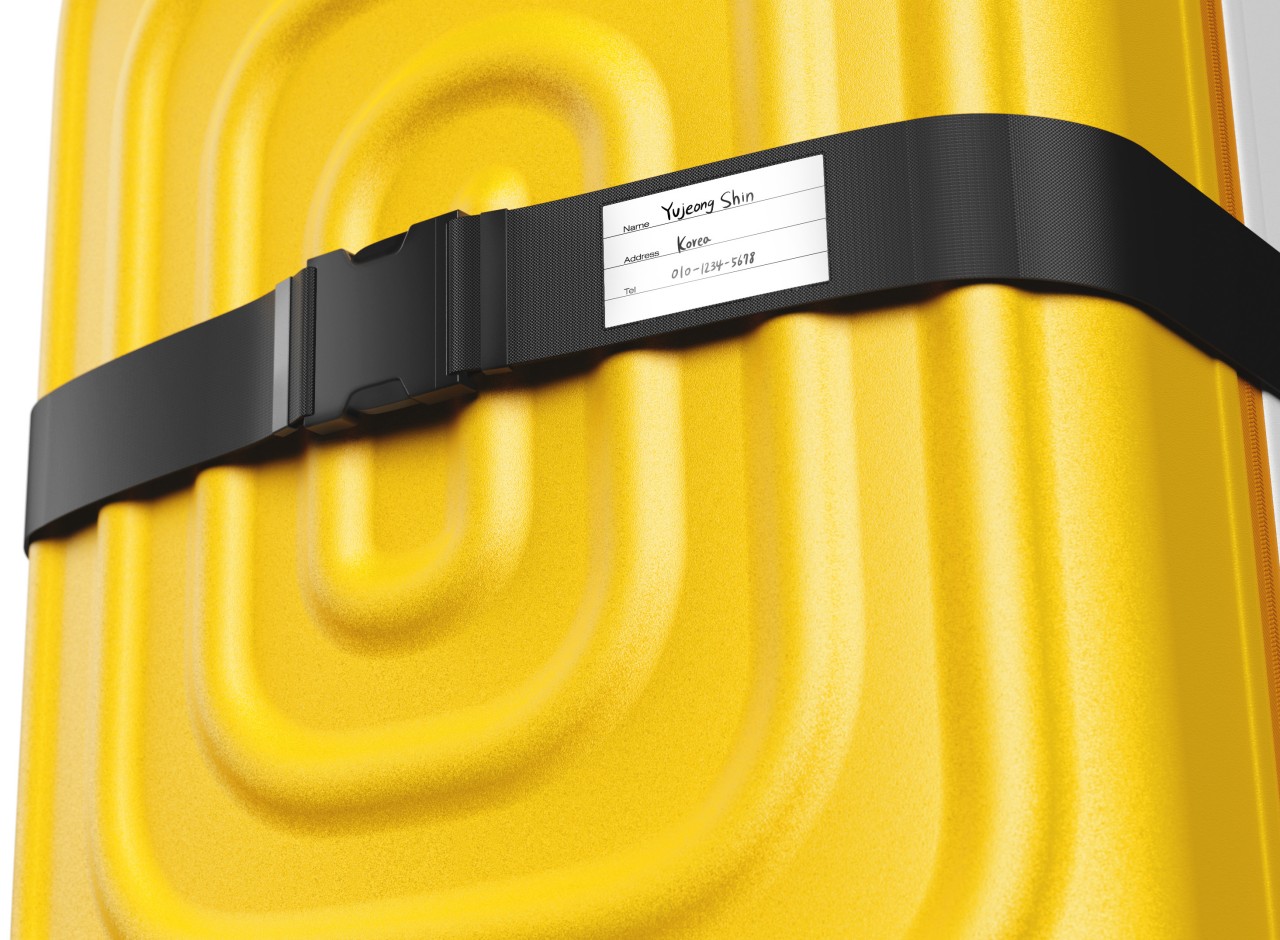
Buying furniture as adults can already be quite a stressful endeavor, but buying one for kids doubles or even triples the difficulty. Not only do you have to consider safety and comfort, but you also have to consider how they can grow up fast and make those products useless in just a year or two. That’s why parents might sometimes be tempted to buy more affordable furniture that they can either dispose of, resell, or give away quickly, which is a practical solution but not a smart one. It would be better if the furniture could actually change and adapt to the child’s growing needs, like this mid-high bed design concept that still be used by the same kid after they’ve grown a bit.
Designer: A Su (PUPUPULA)
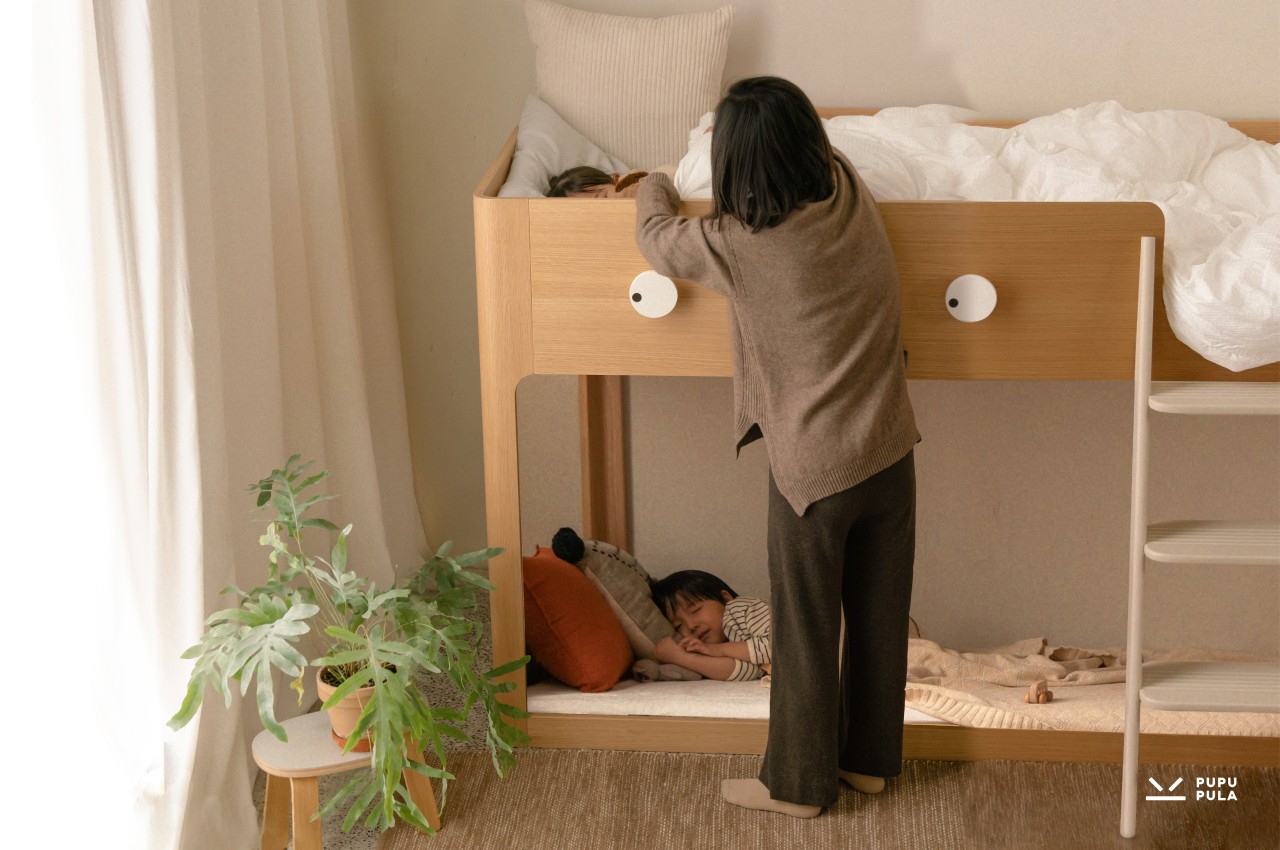
It might be surprising to learn that there is a lot more variety when it comes to kids’ bed designs. Some types are better for certain ages, while others provide room for more than one person. Like most beds, however, these are often designed with a singular target audience in mind, which means they easily outgrow their use and their charm in just a few years. That wouldn’t be much of a problem if not for the expense and waste that comes with replacing those beds again and again.
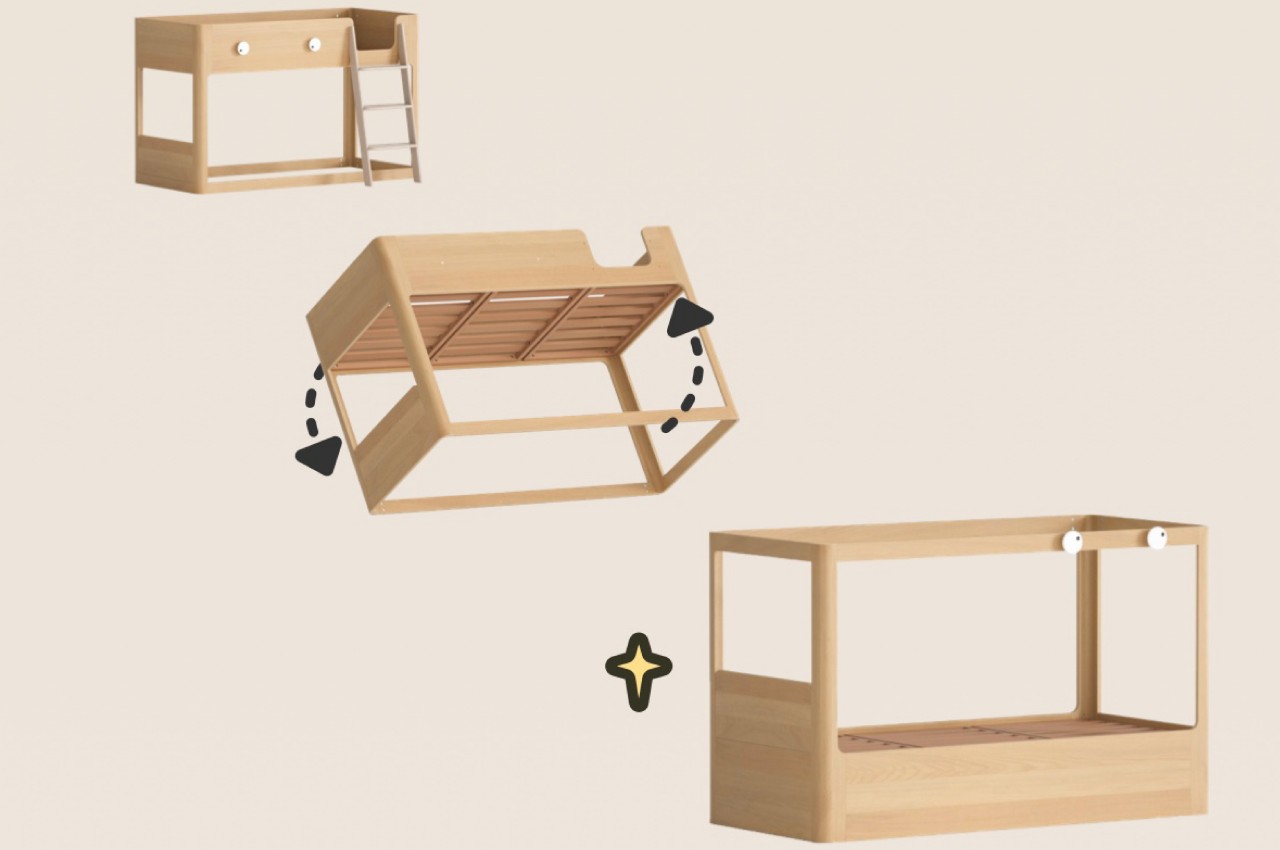
The Big Eyes bed concept solves that problem by employing a design that can change its purpose depending on the number or age of its owners. And it doesn’t employ complicated tricks like modular or moving parts that could actually be dangerous for a toddler. Instead, you can simply flip it over to change it from a mid-high bed to a basic bed and vice-versa.
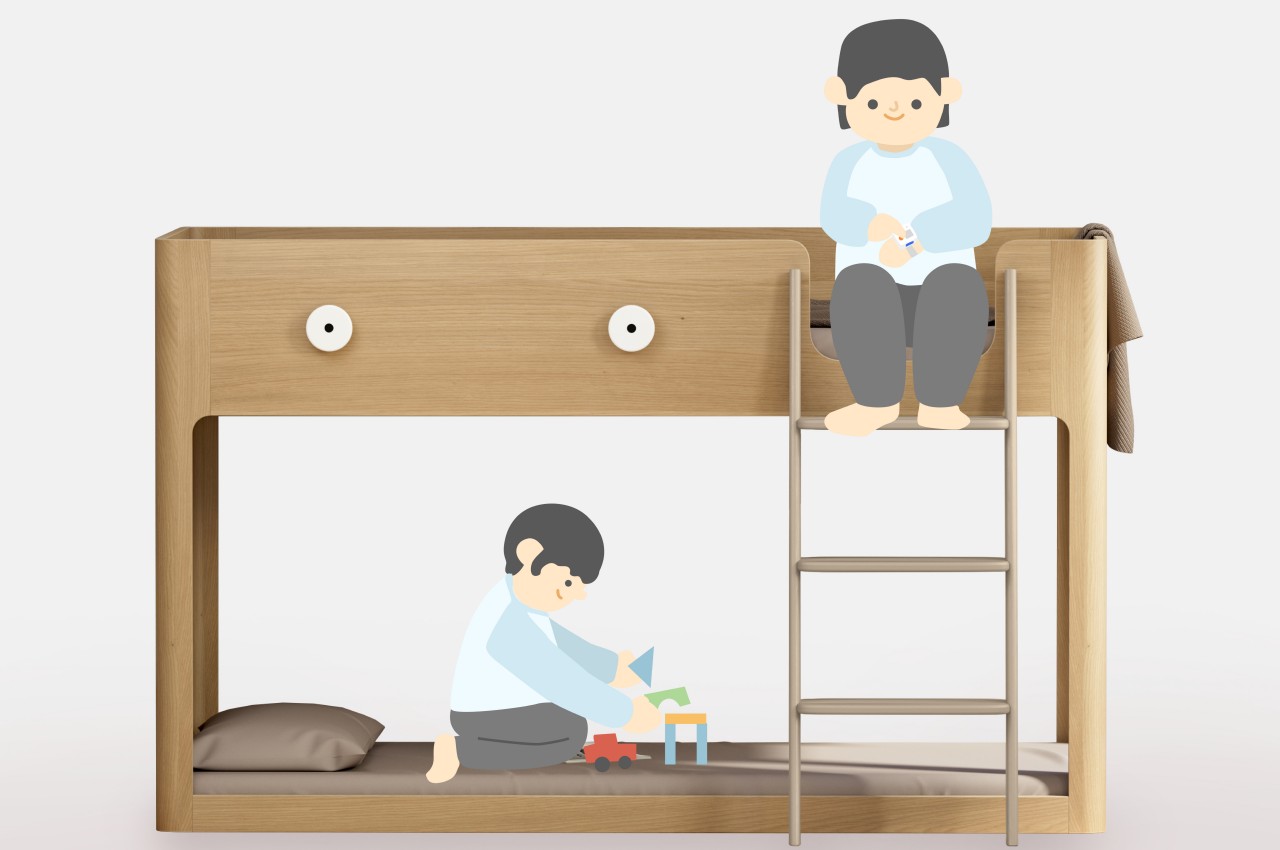
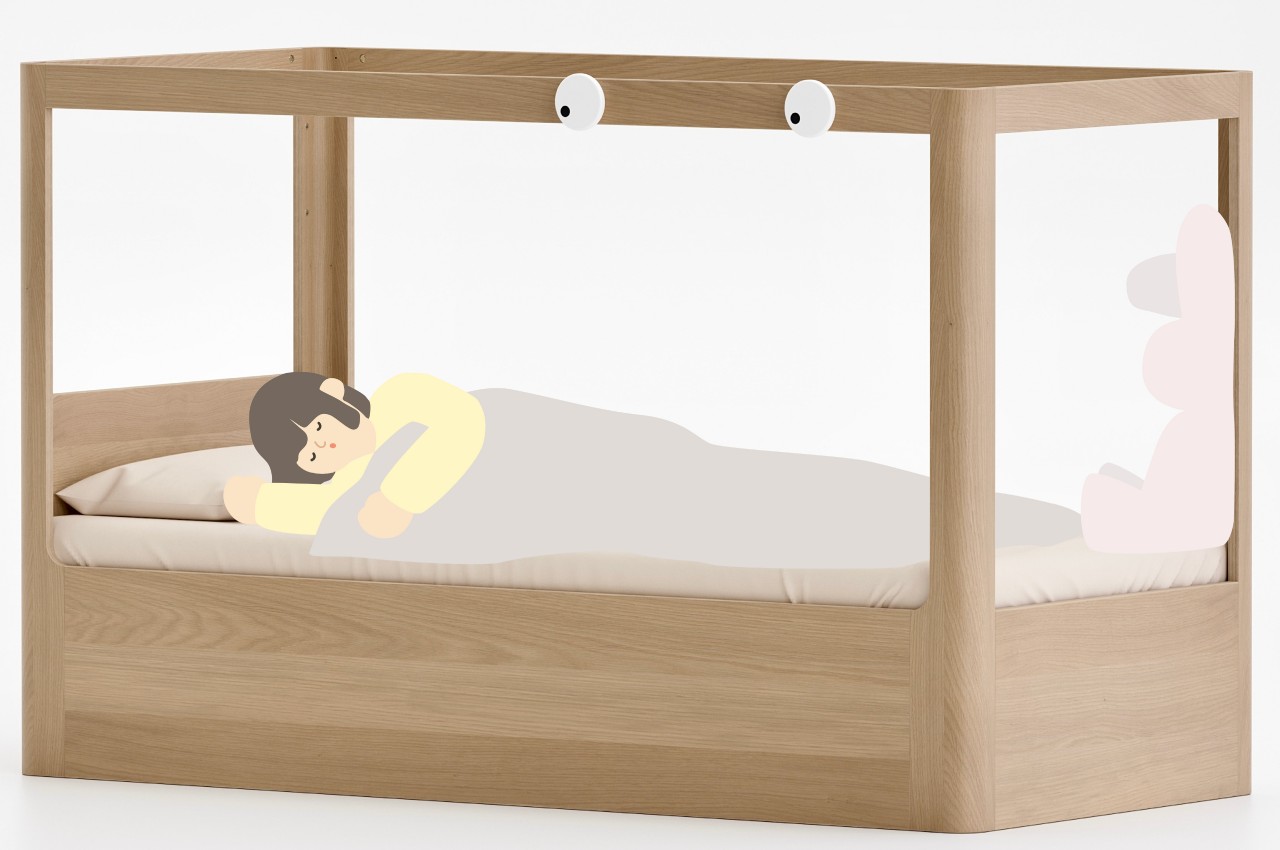
The mid-high bed position is perfect for younger kids or siblings who need to share the same bed space. The top bunk is the main bed, while the bottom space can act as a secondary bed or a spacious play area. Once the child grows up a bit, however, removing the ladder and turning the bed over changes the story completely, with the bottom now acting as a basic bed and the top frame as a place to hang cotton canvas play curtains for some privacy.
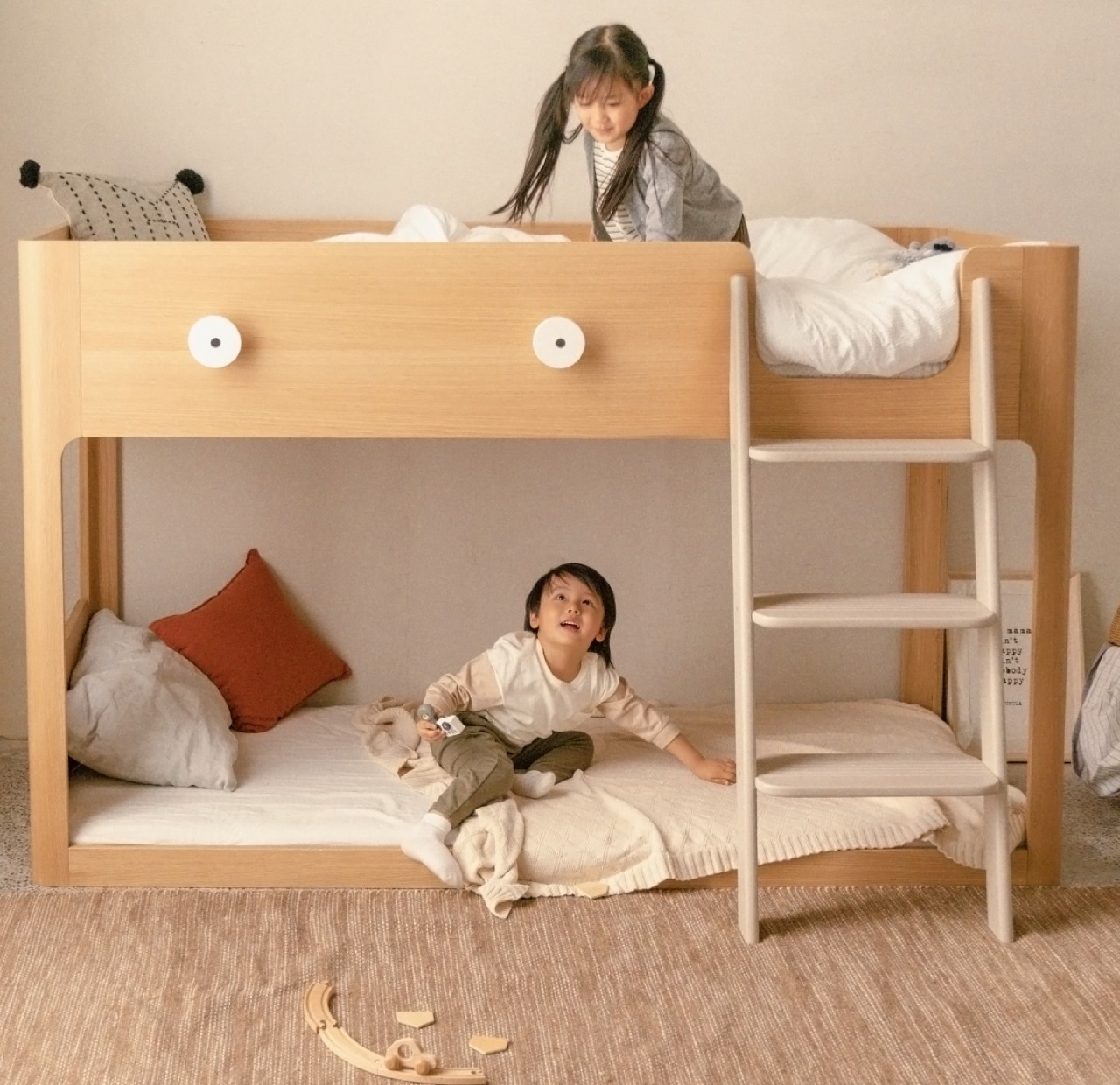
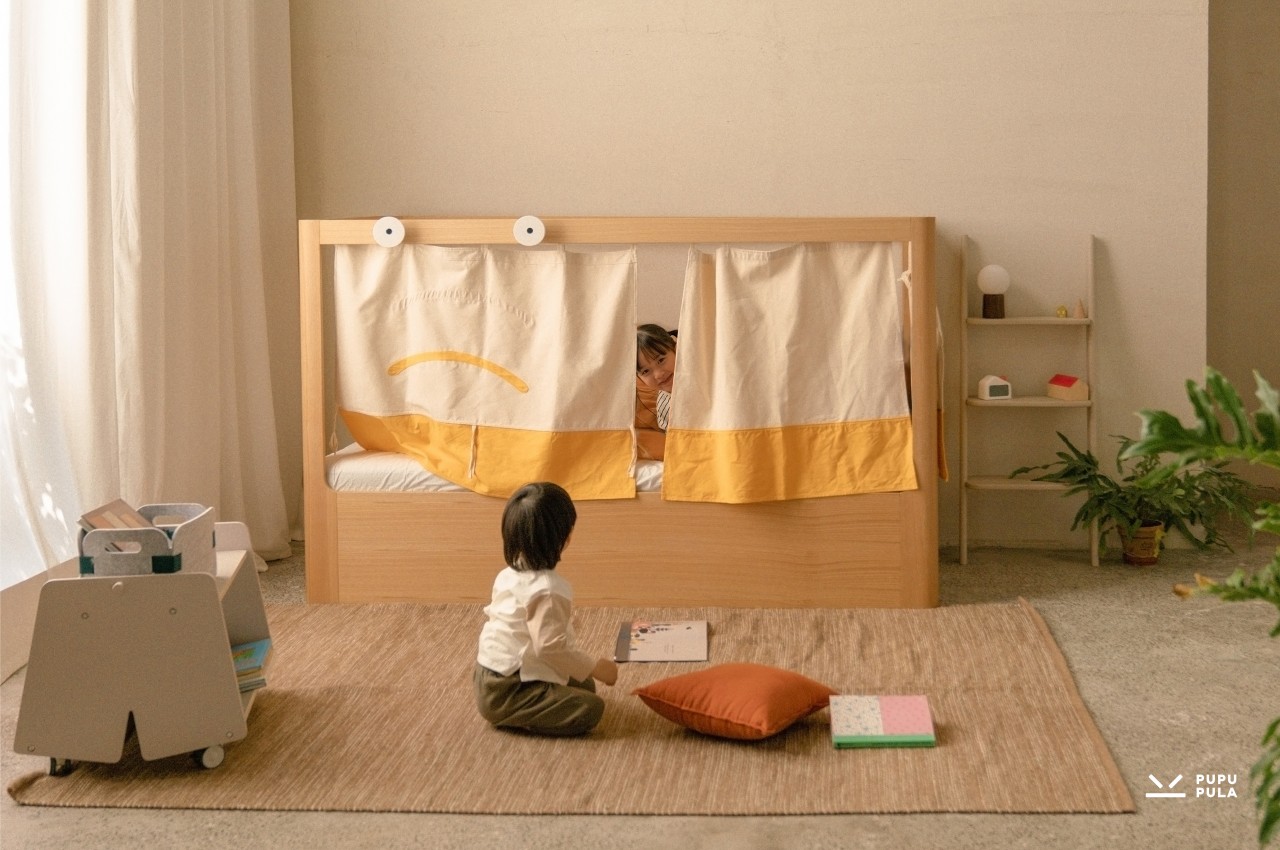
Big Eyes is made of birch plywood, which gives the bed a warm, welcoming tone. There are no moving parts or hidden compartments, making it easier to turn the bed over as needed. The bed’s design is actually quite minimalist, leaving the freedom of decoration and personalization to parents and kids. That same simple design, however, is also its strength, allowing it to have that reversible functionality you won’t be able to pull off on more sophisticated designs.

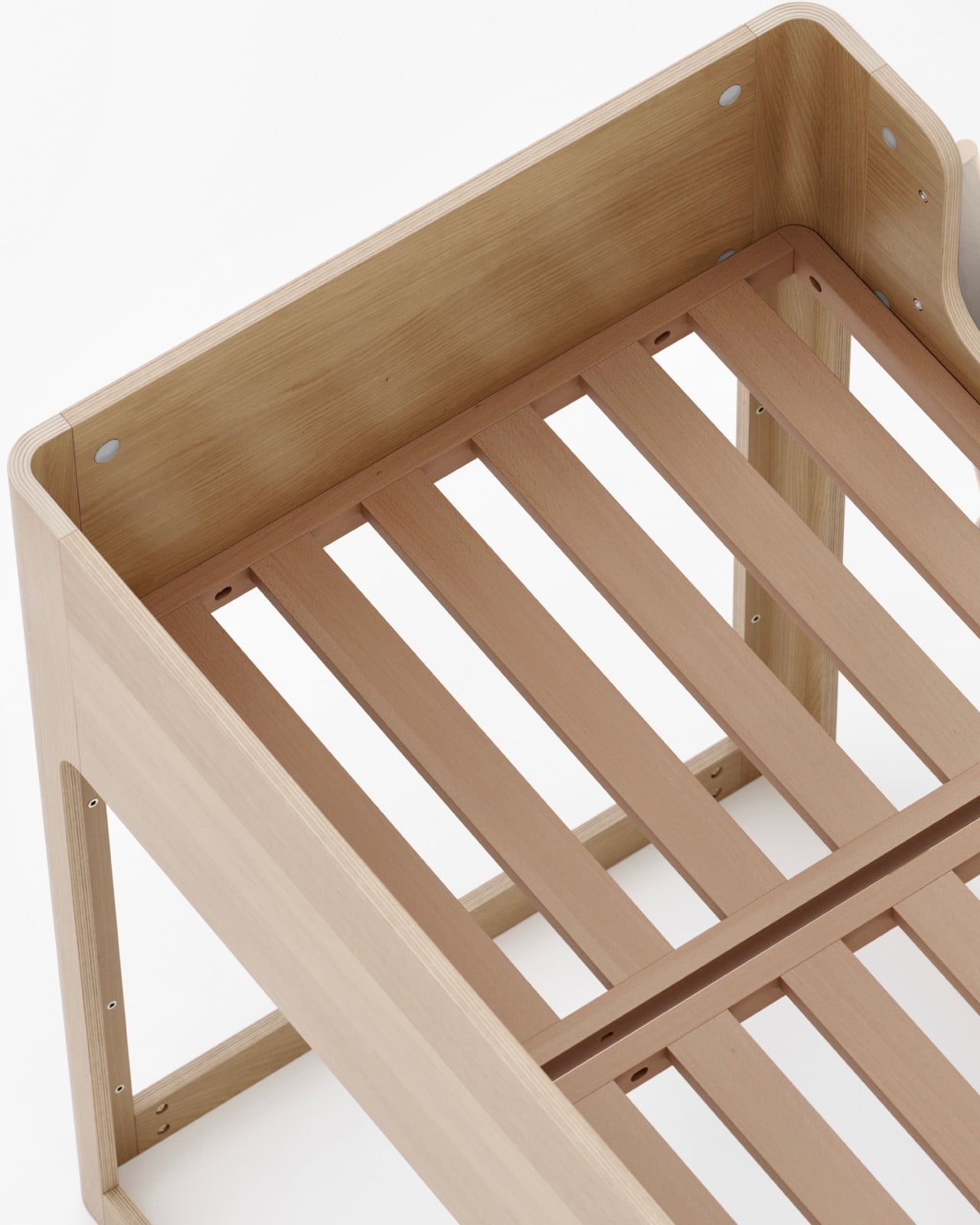

The post This reversible mid-high bed concept can grow with your child first appeared on Yanko Design.
